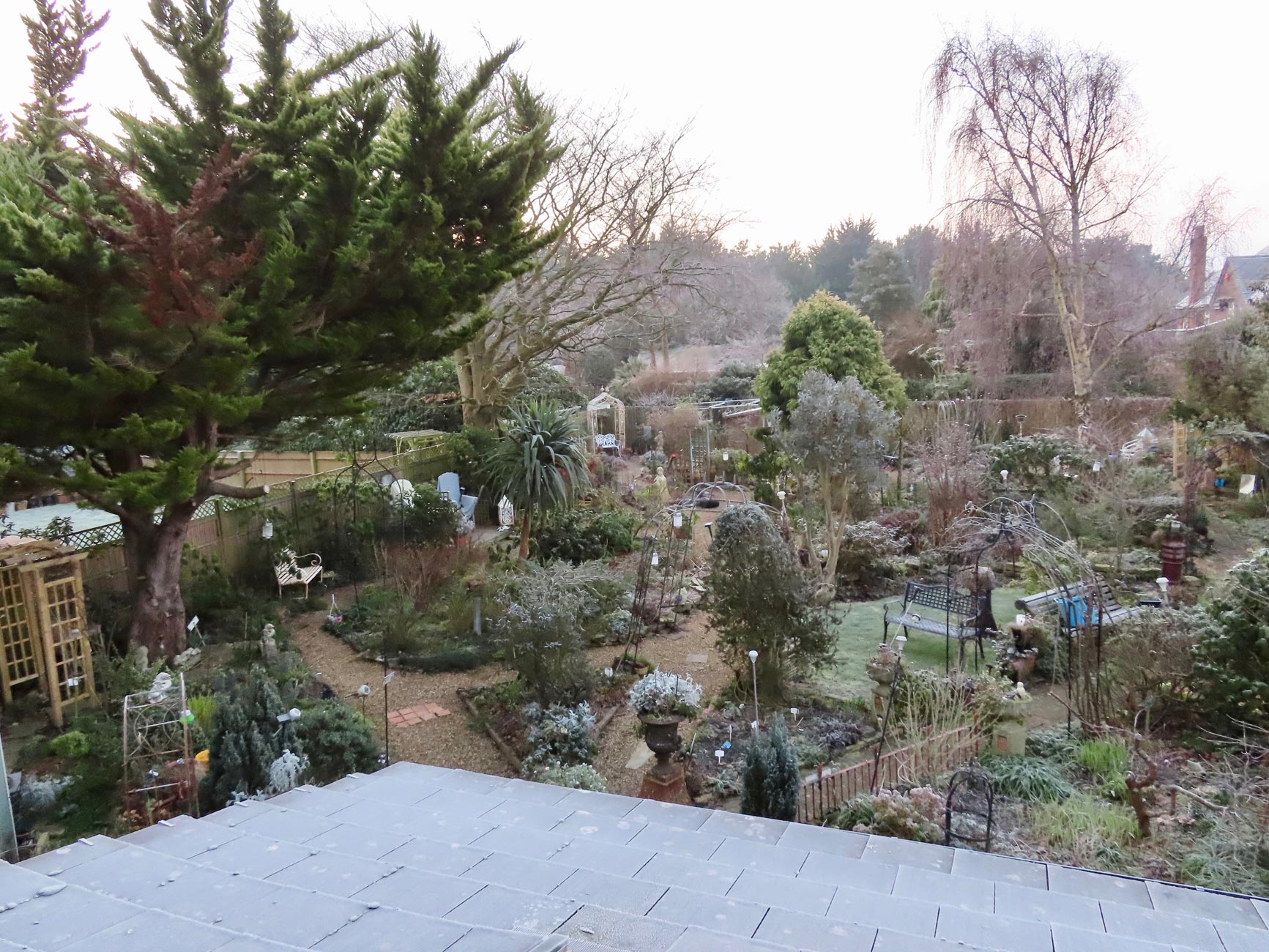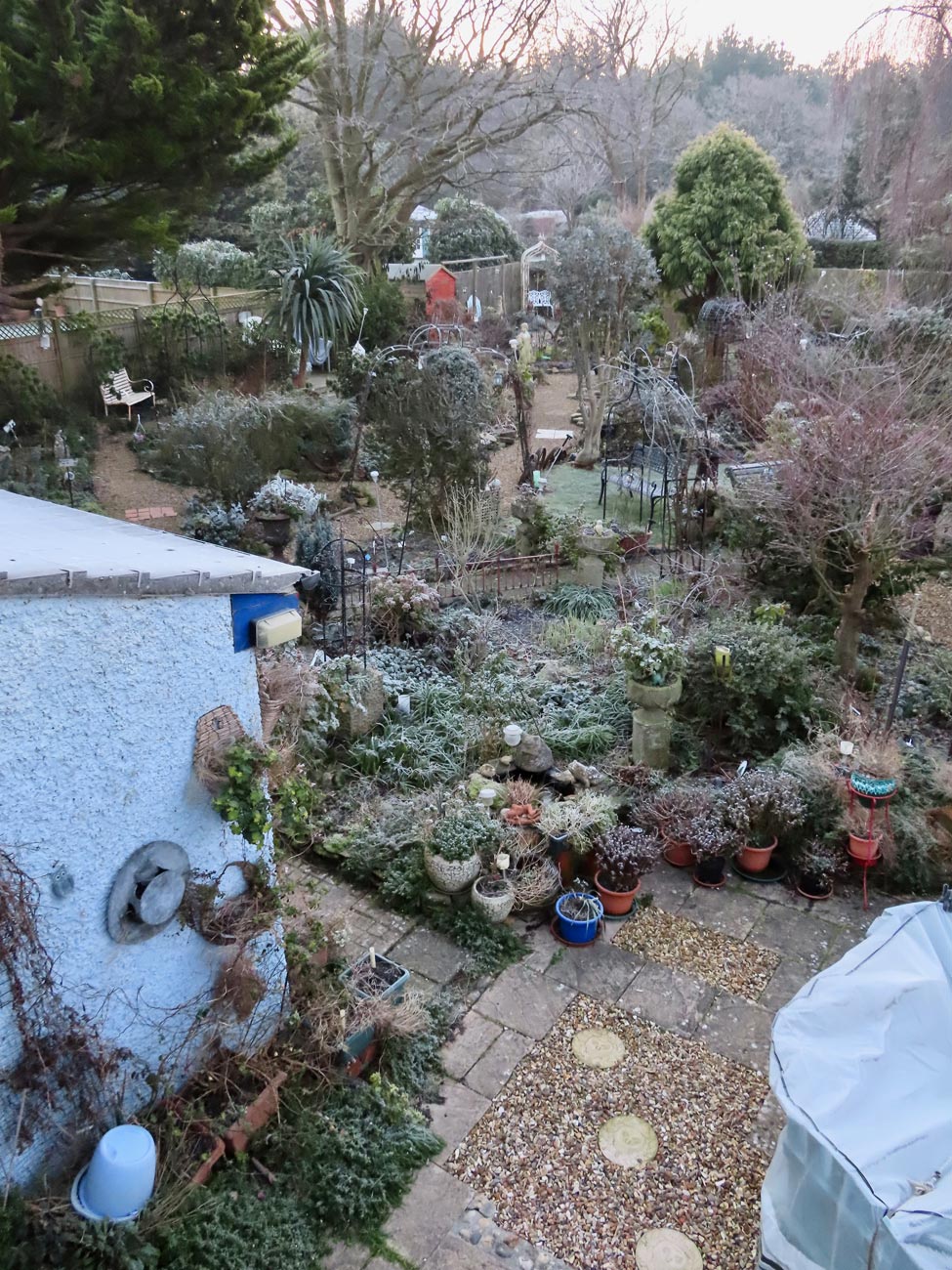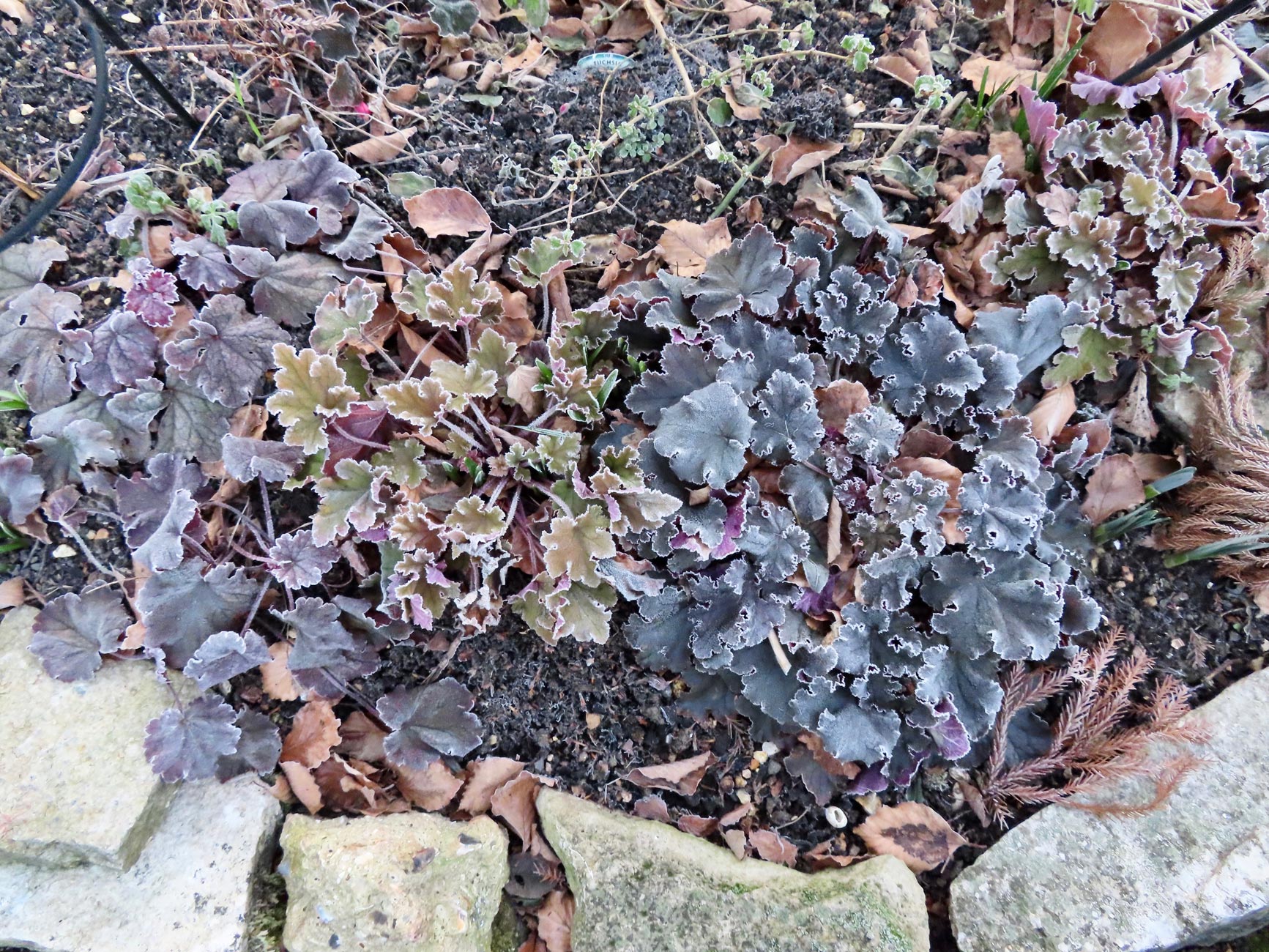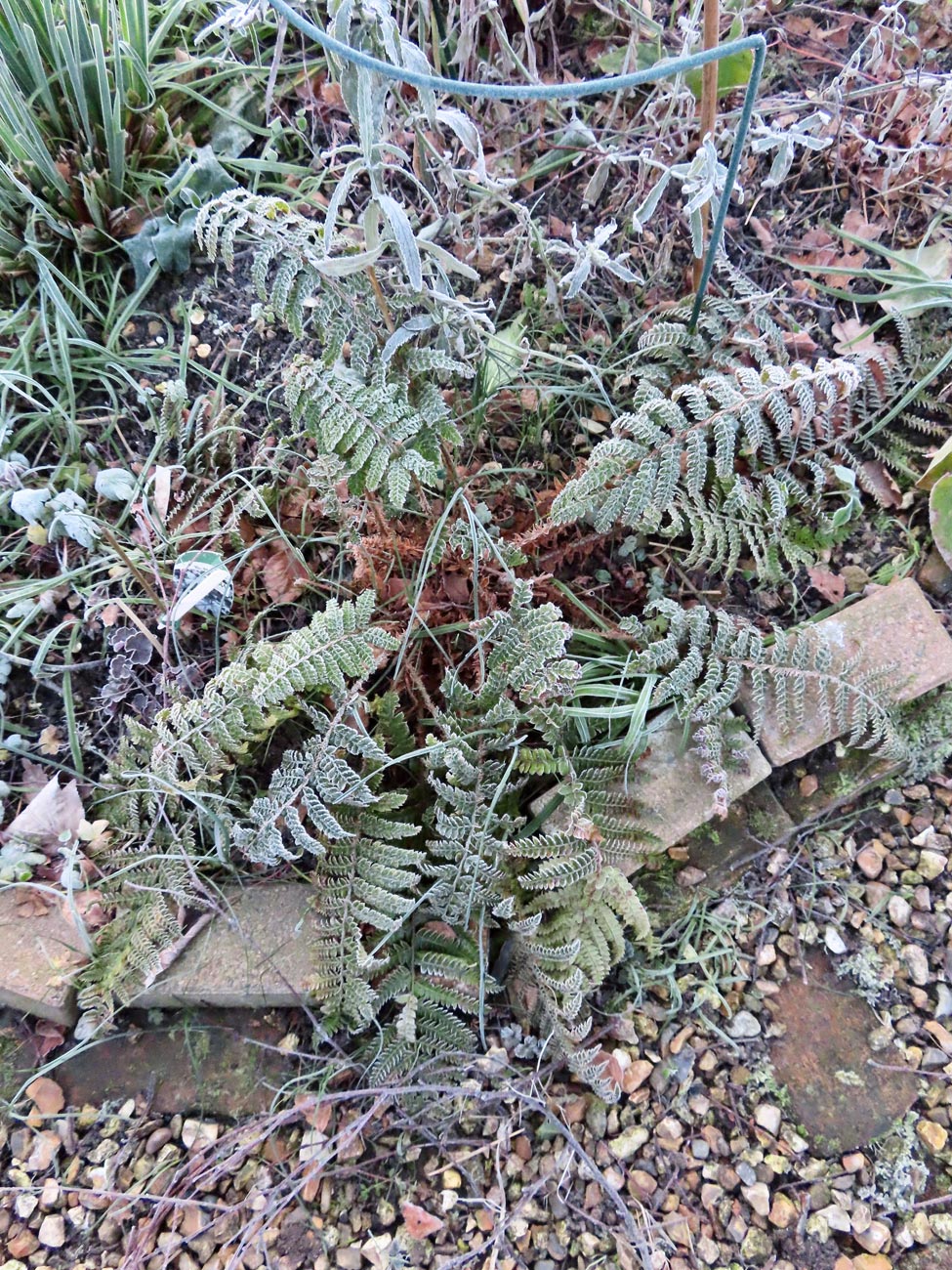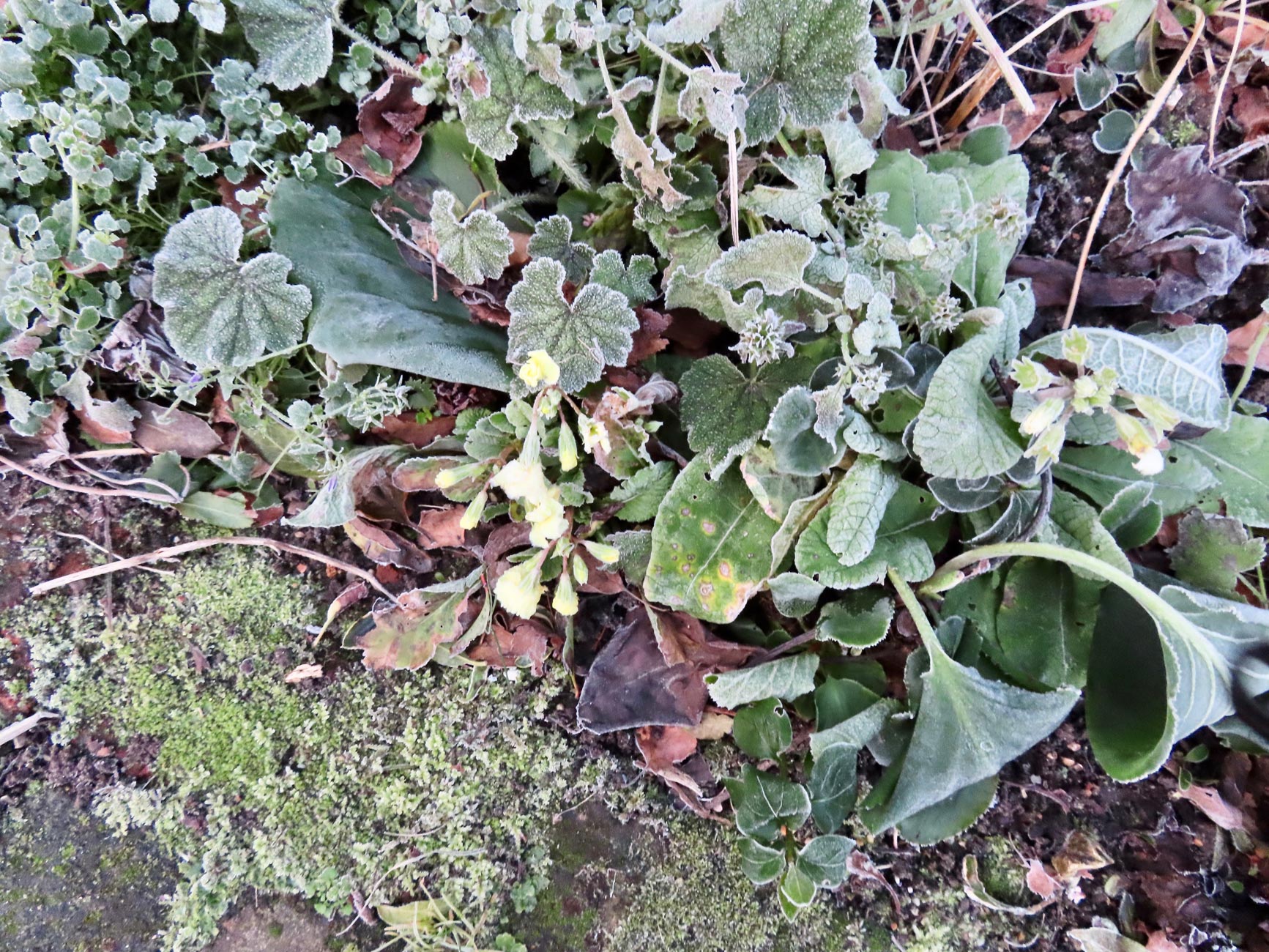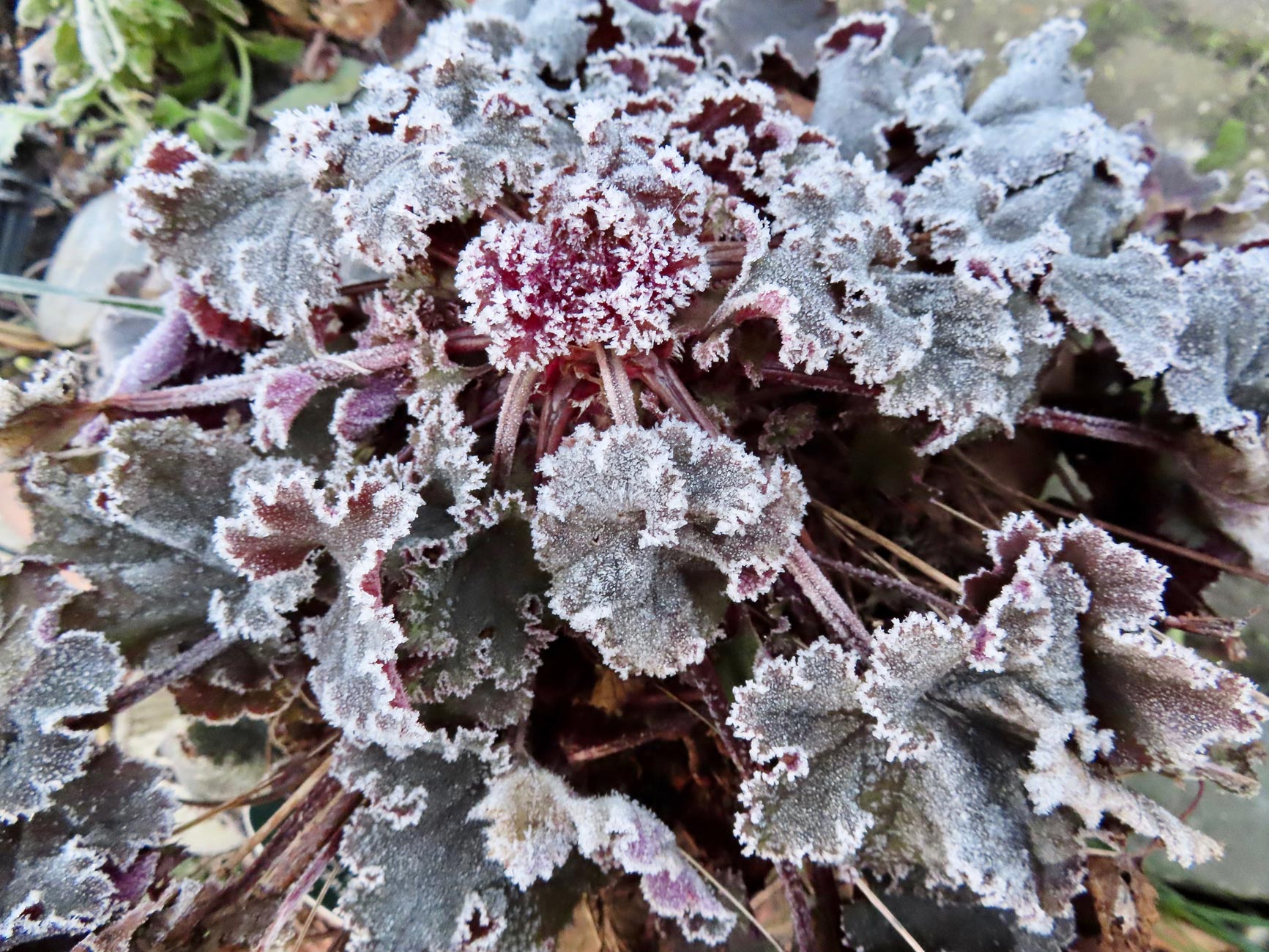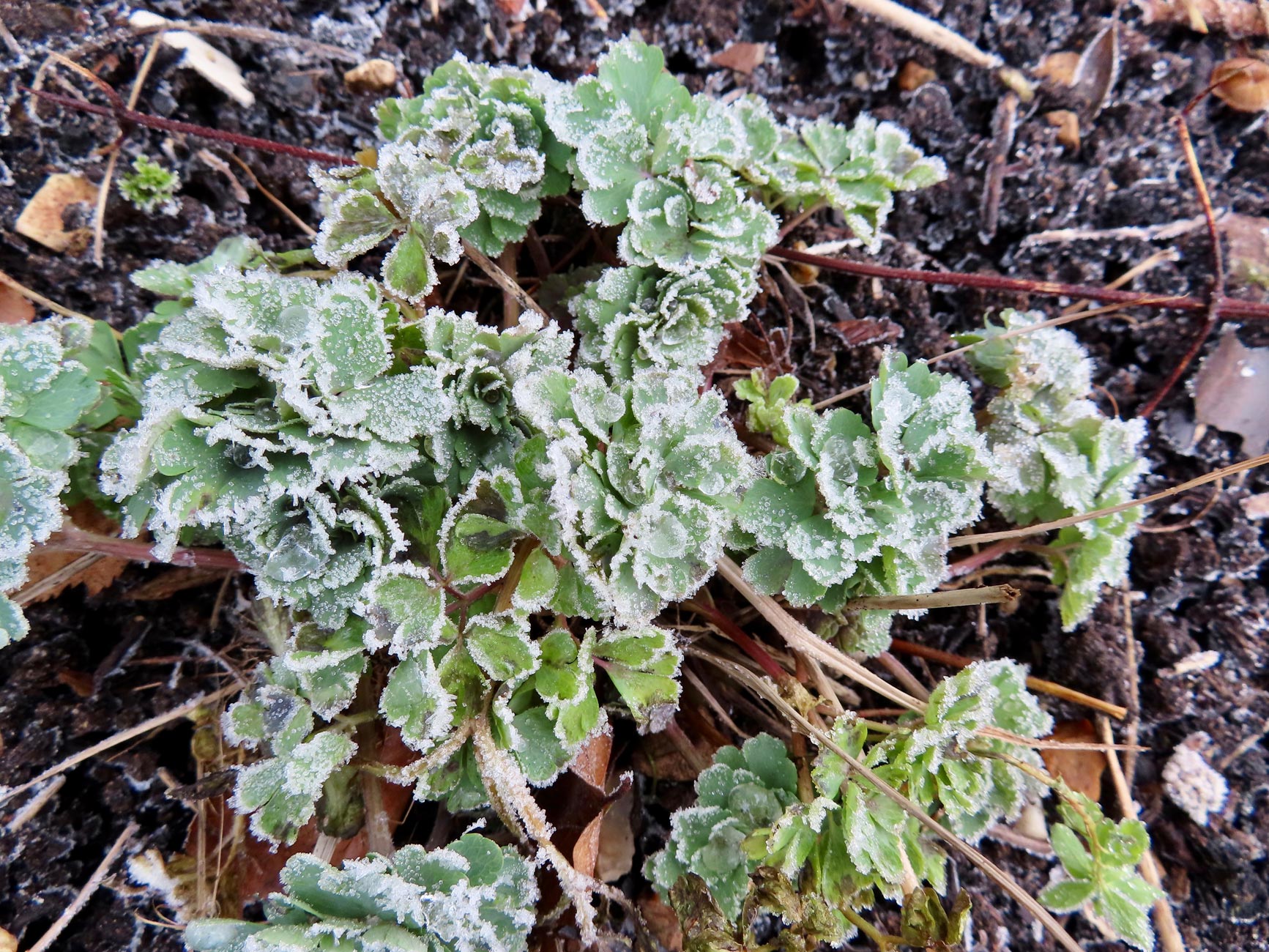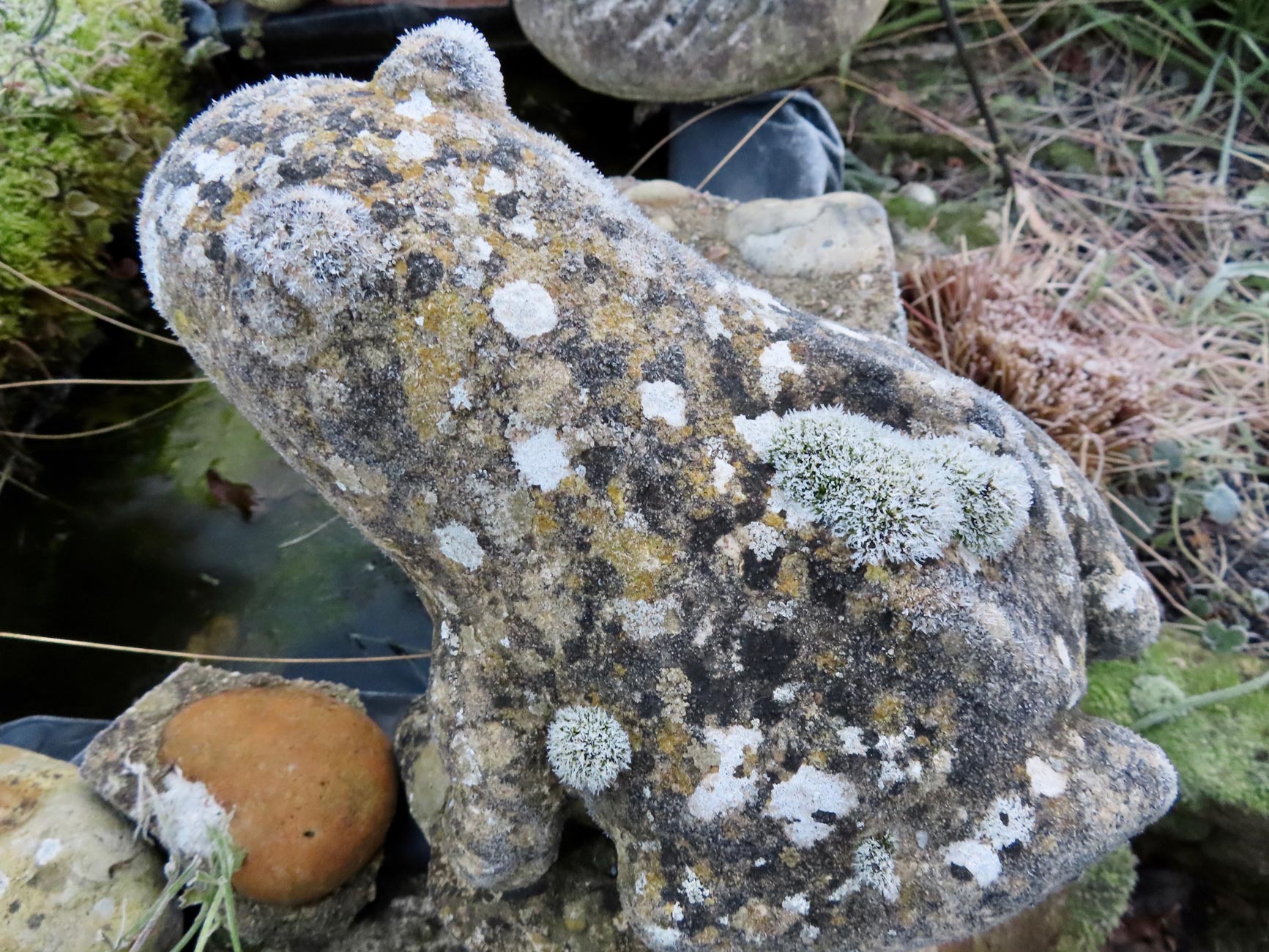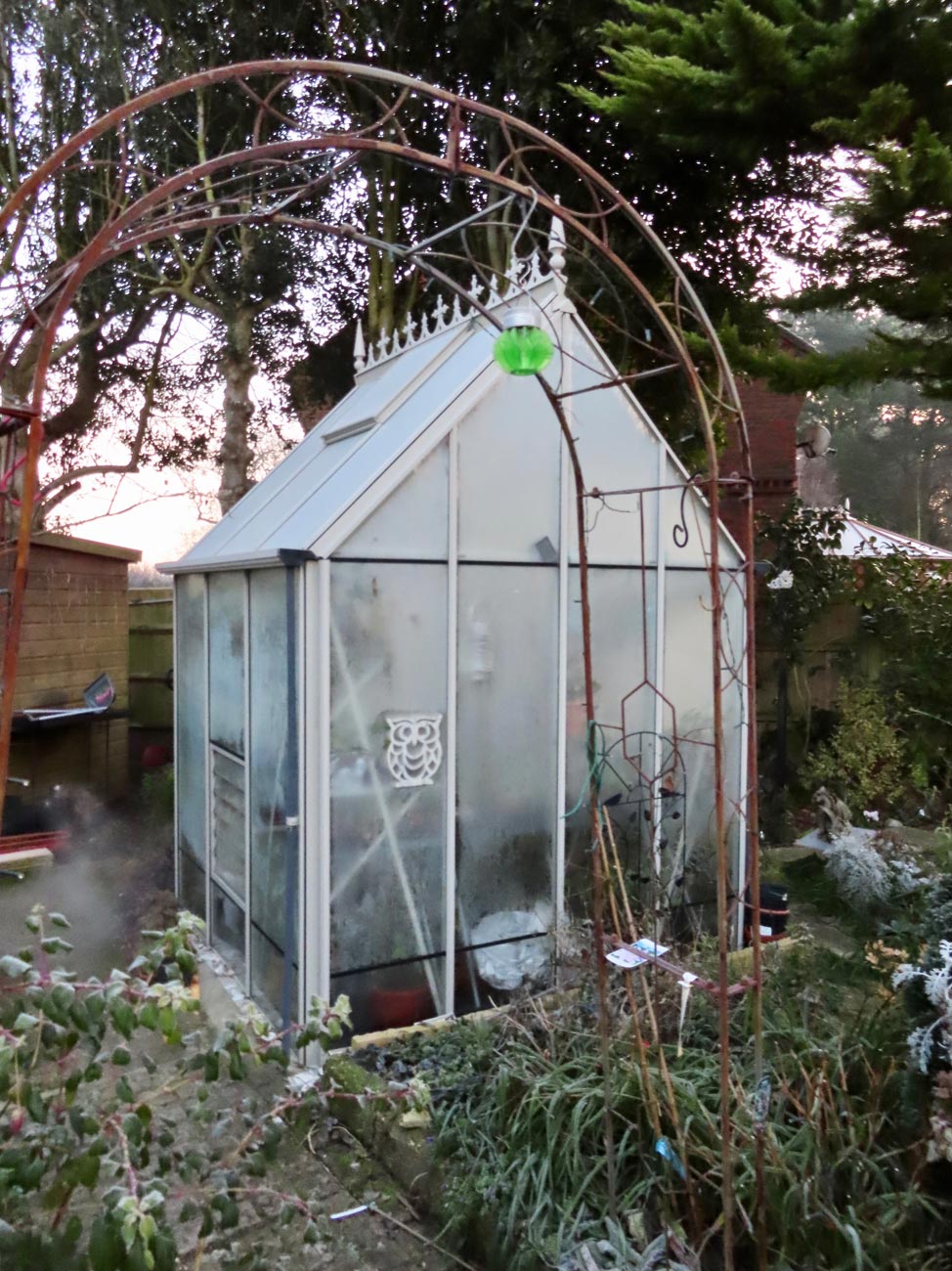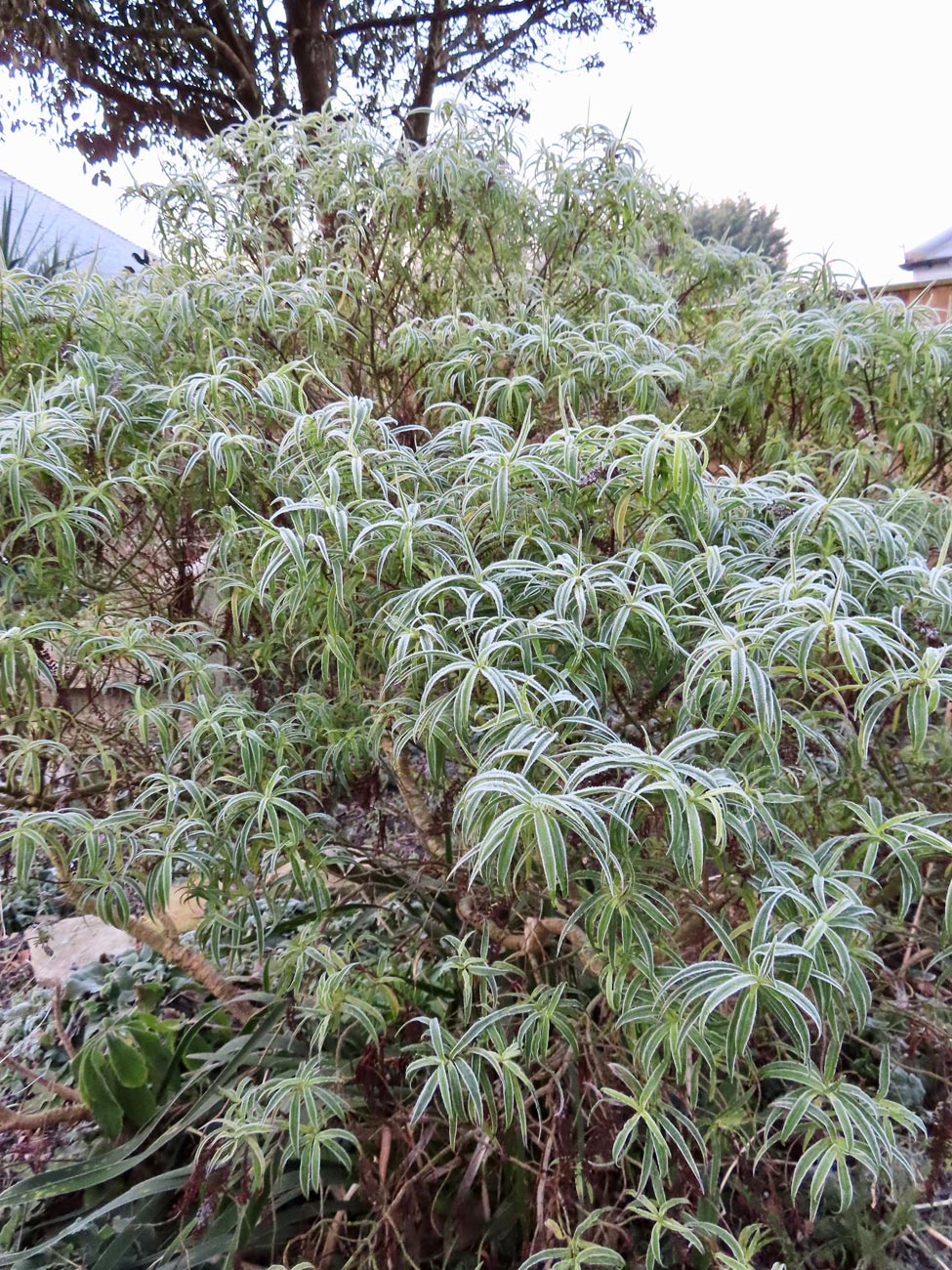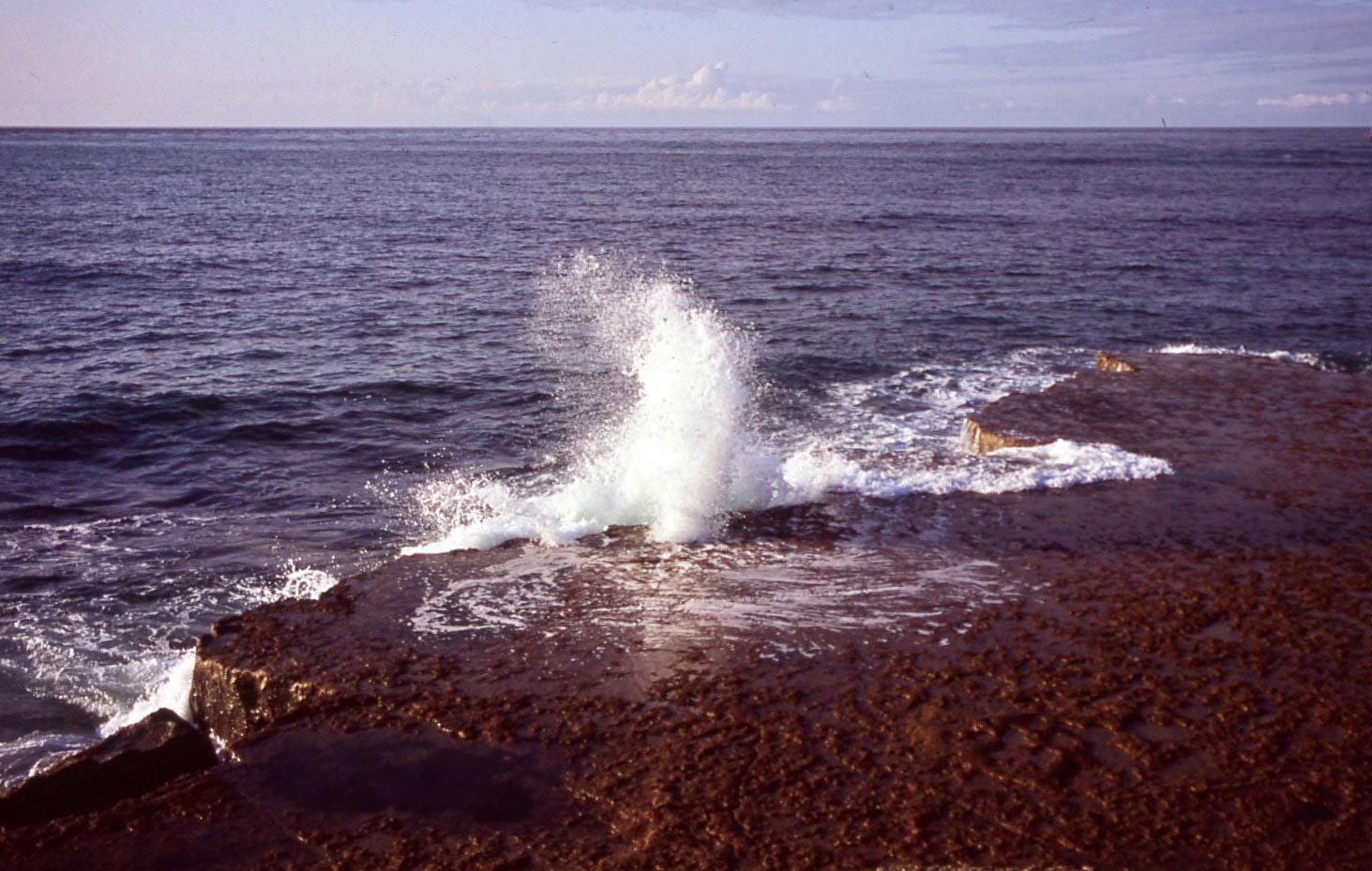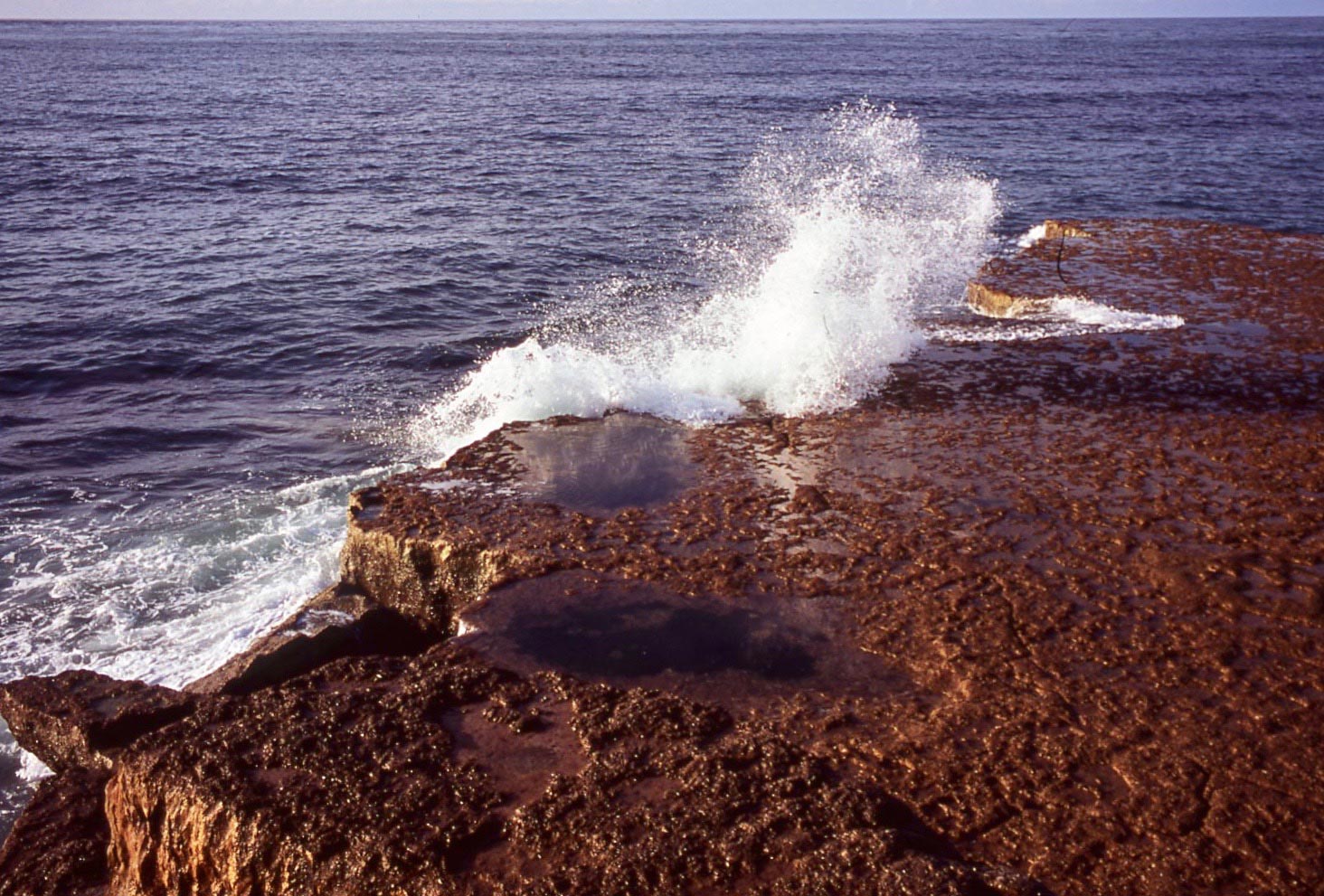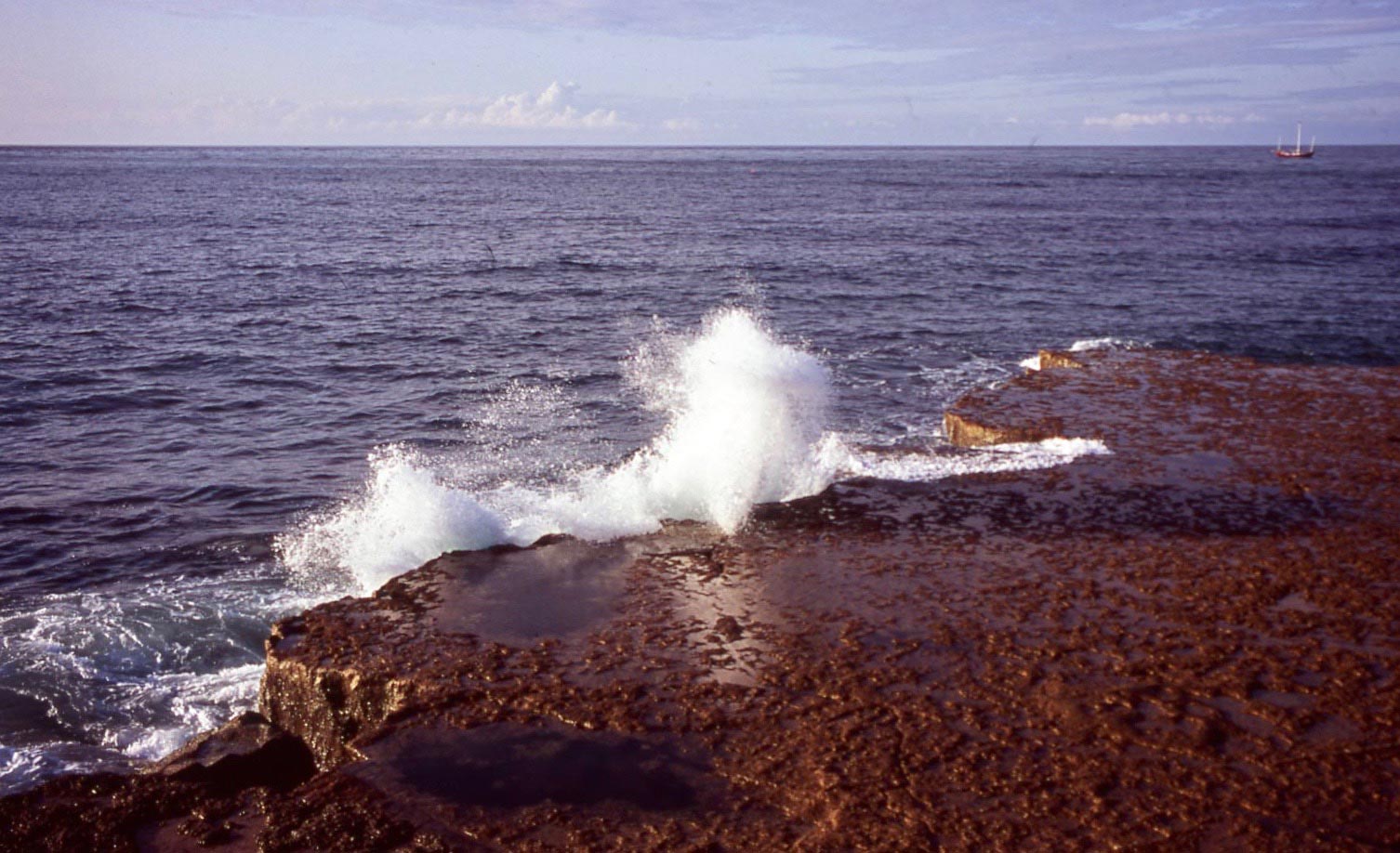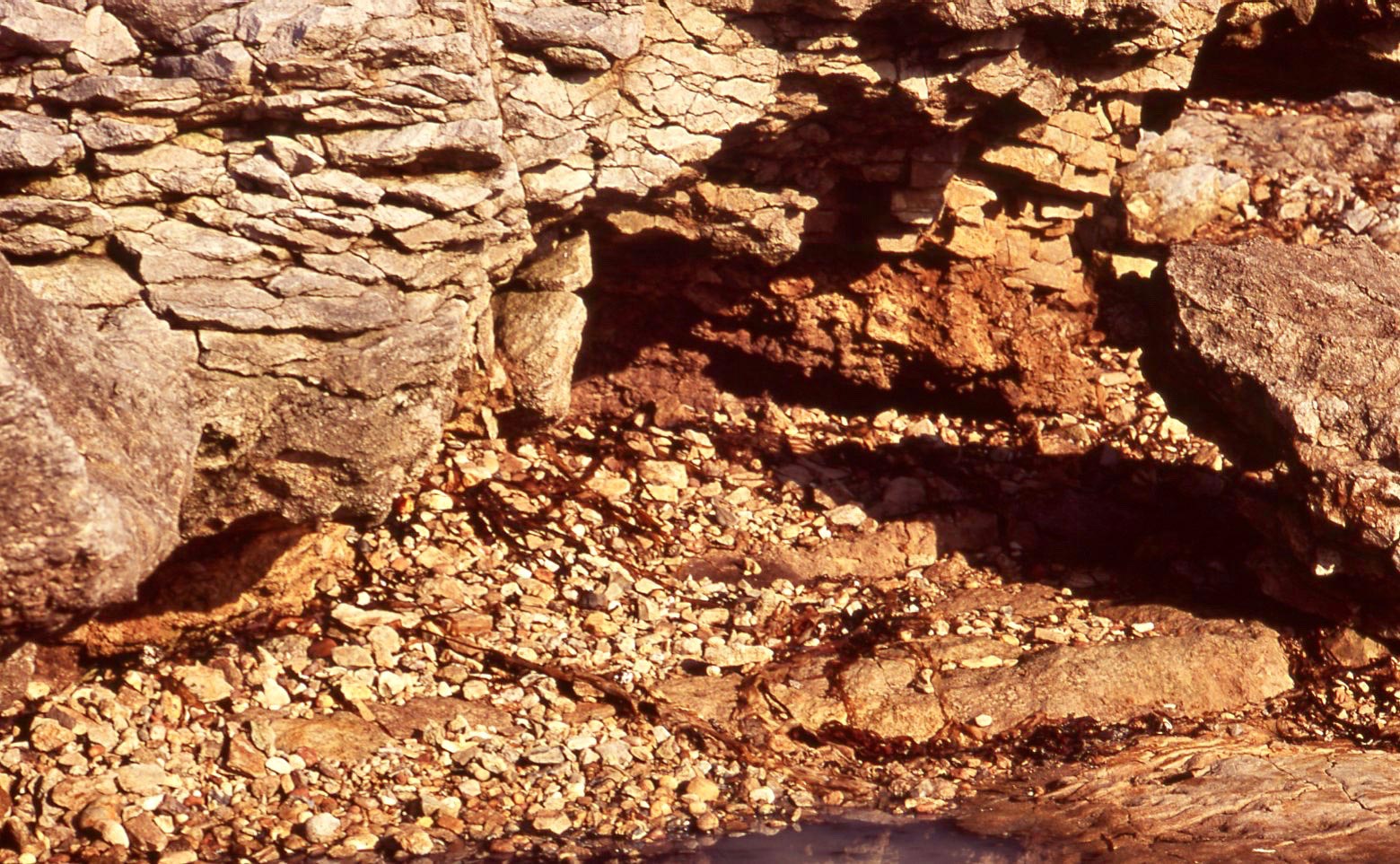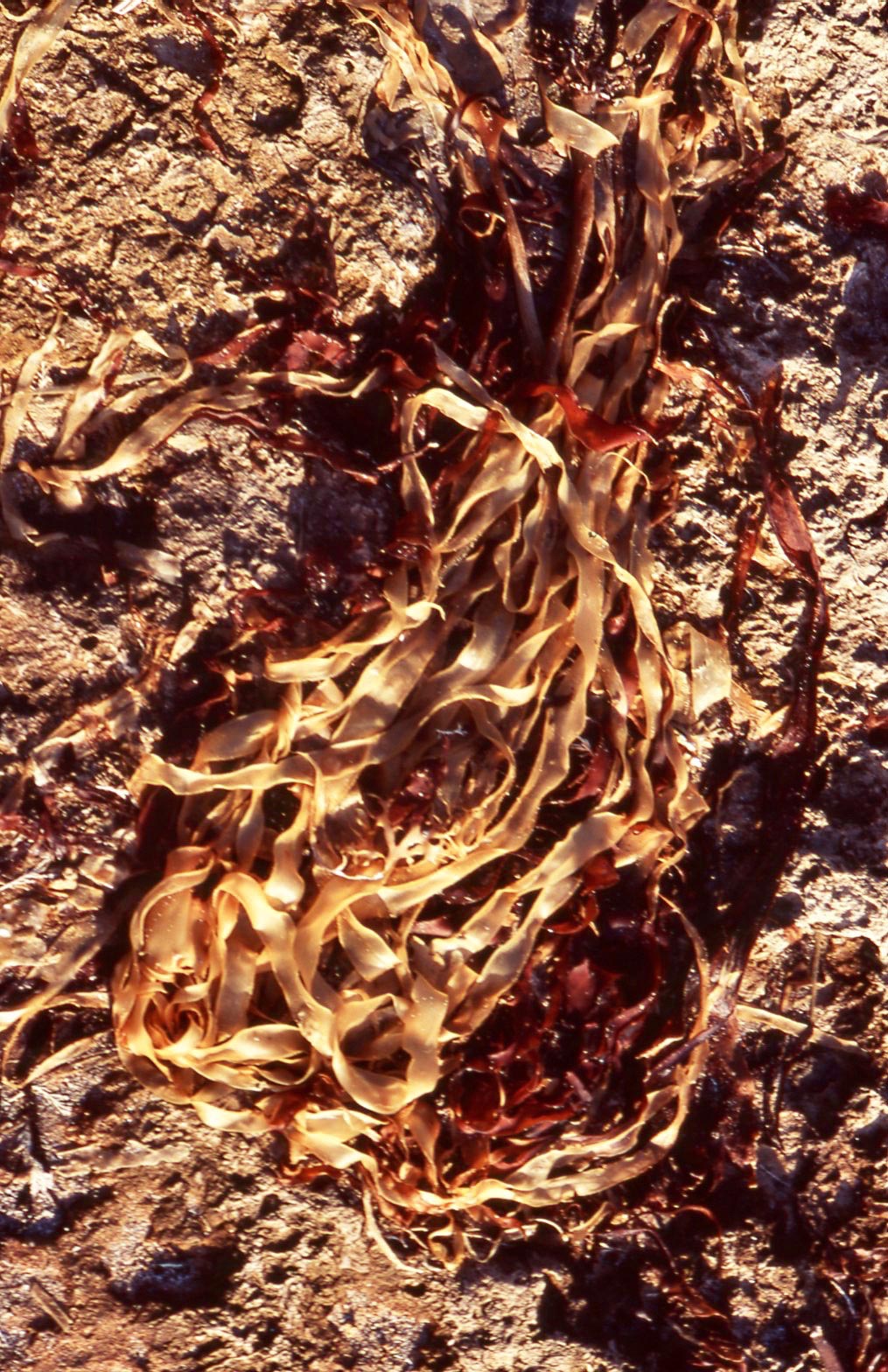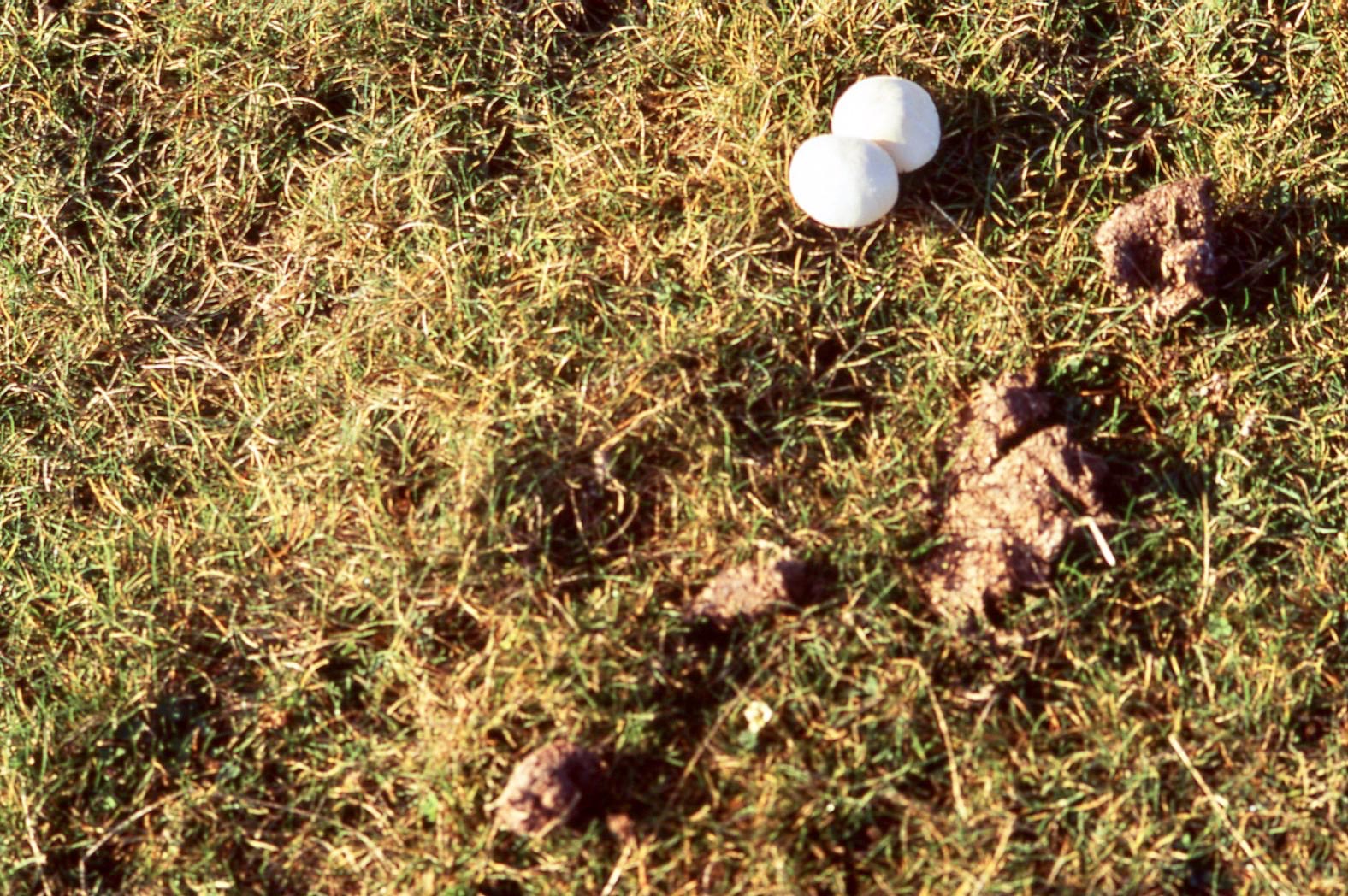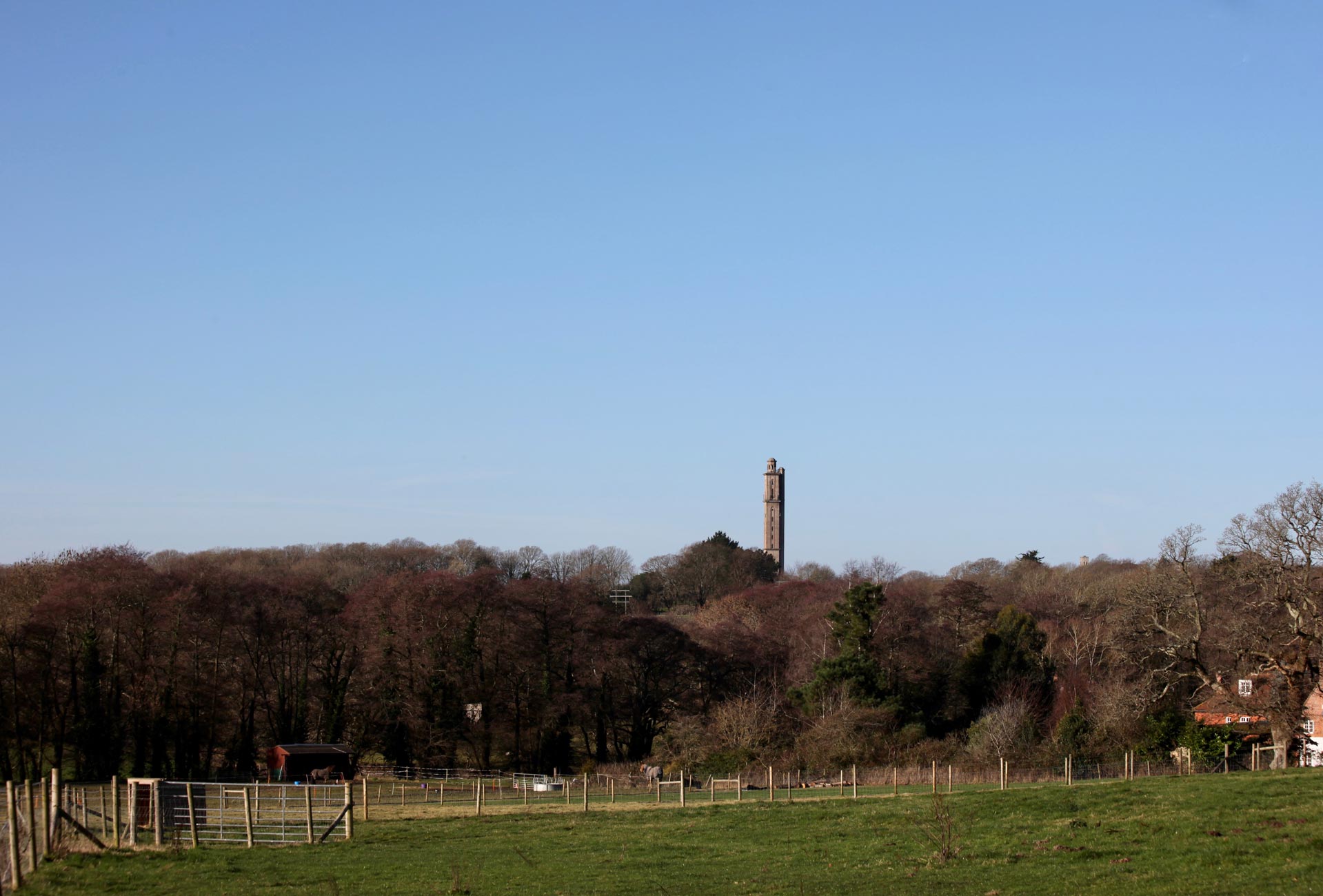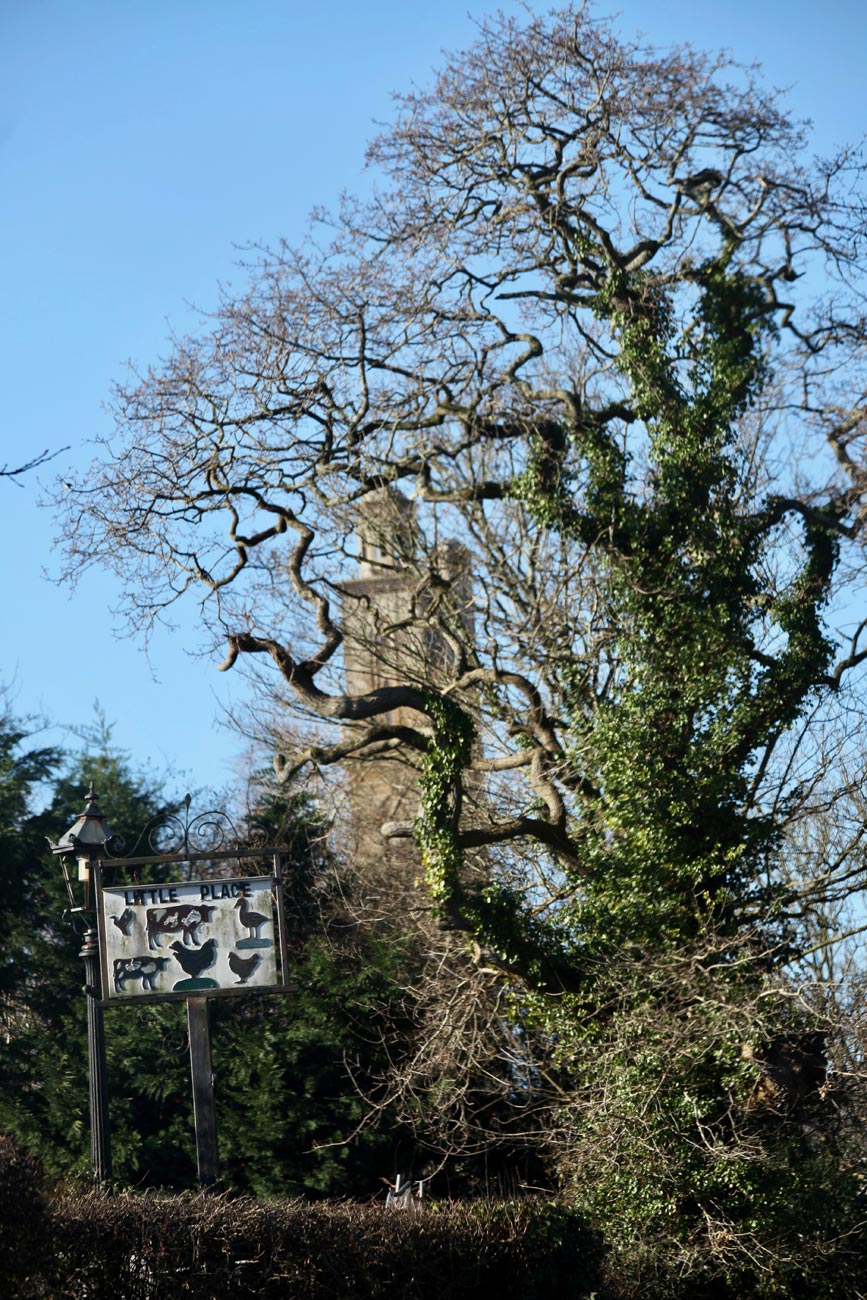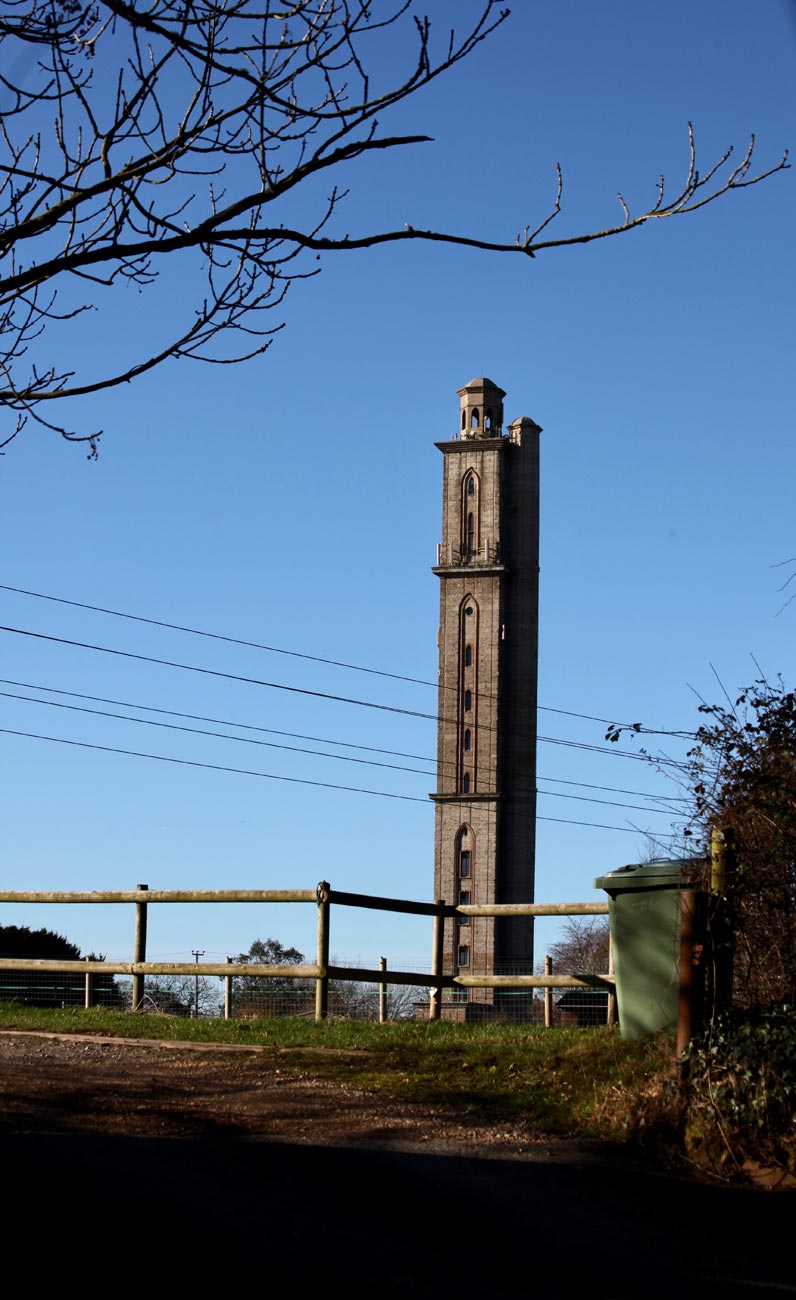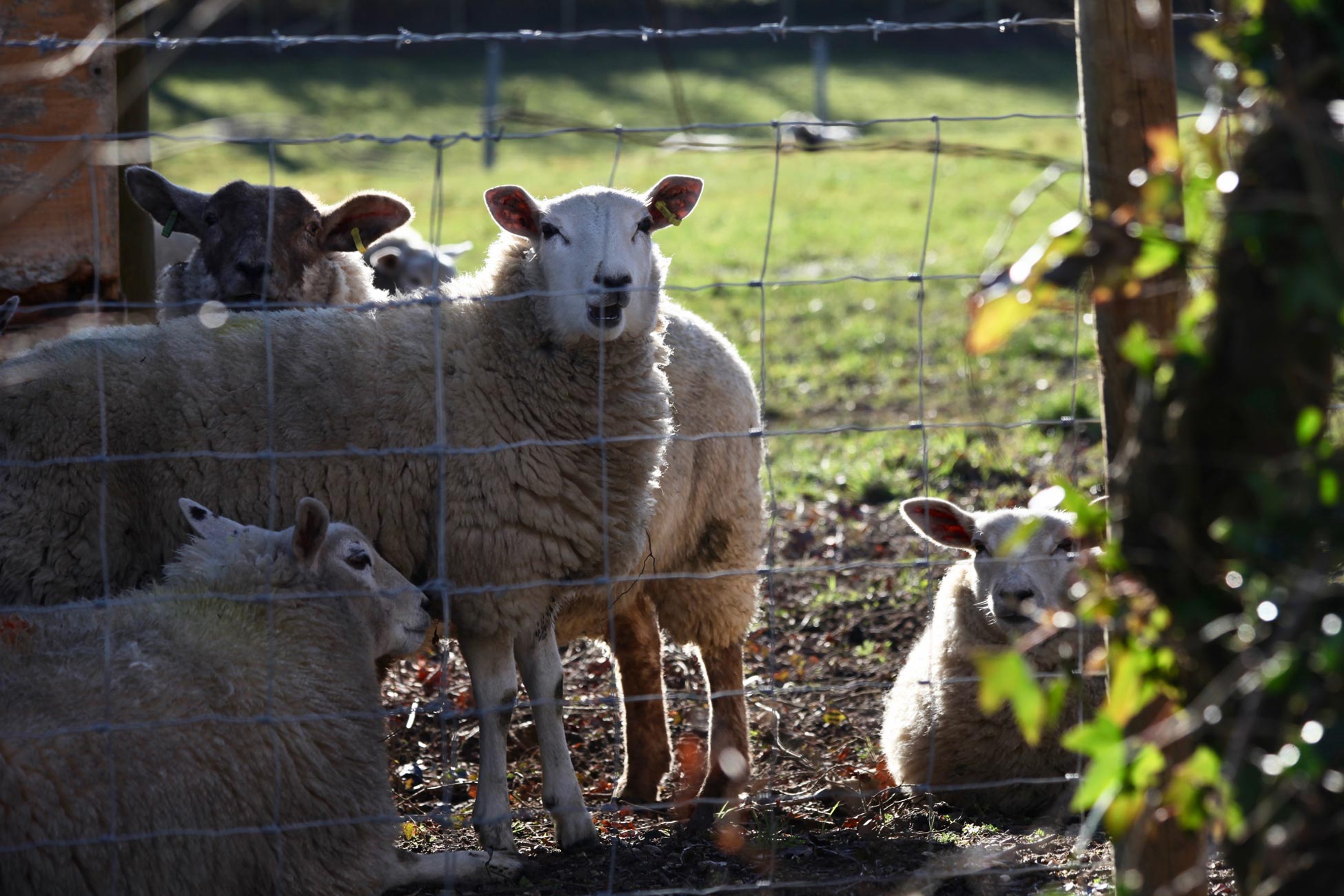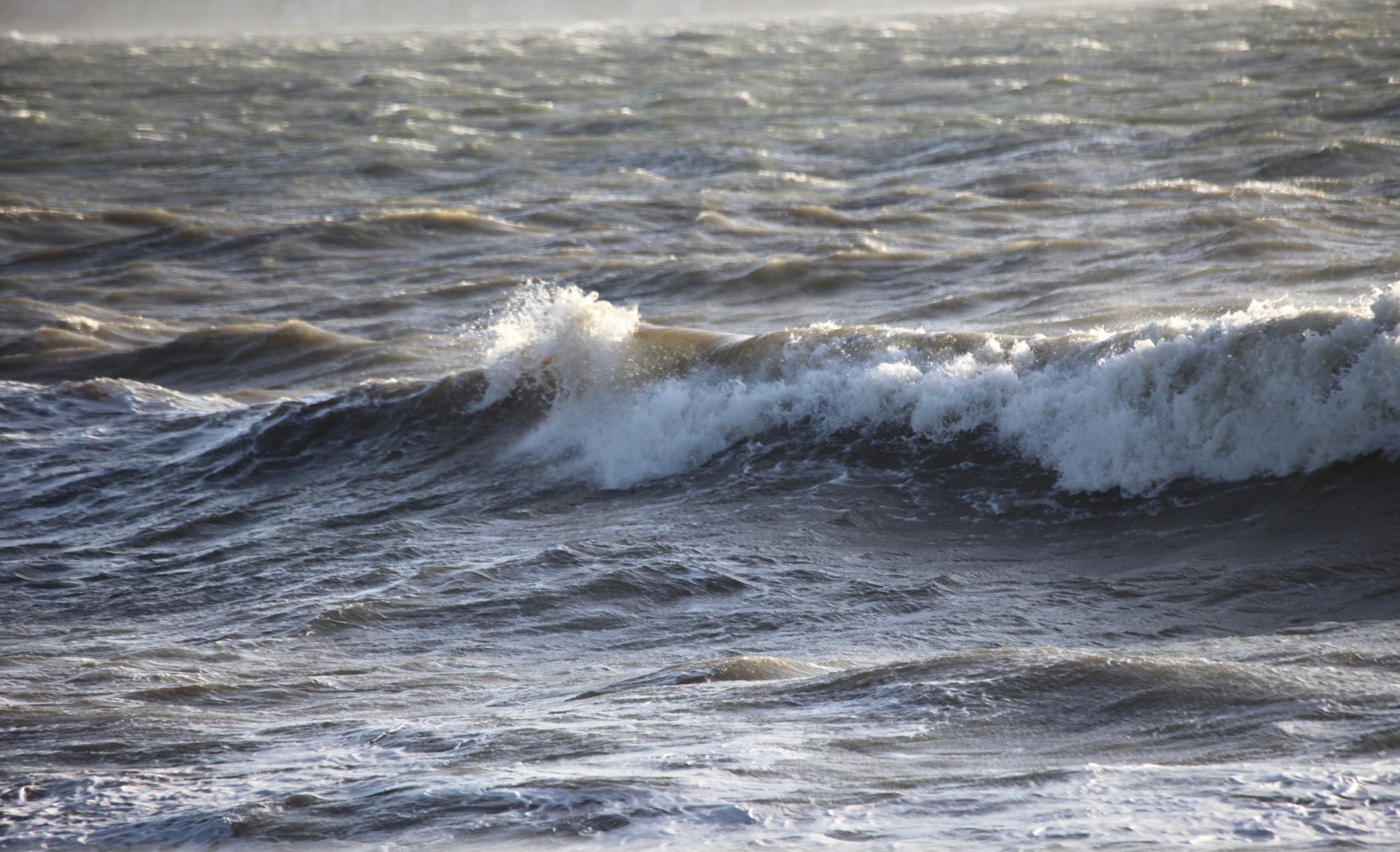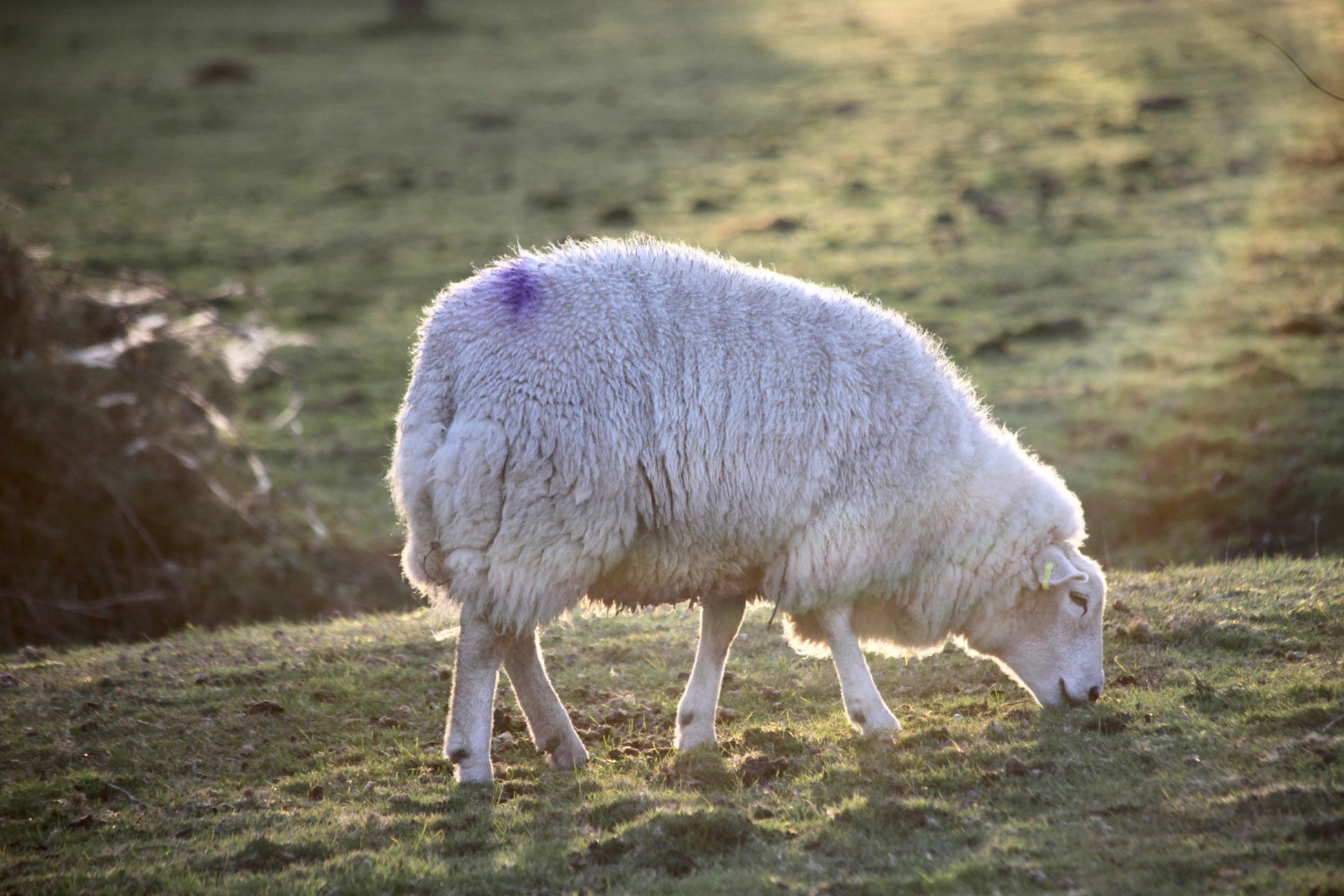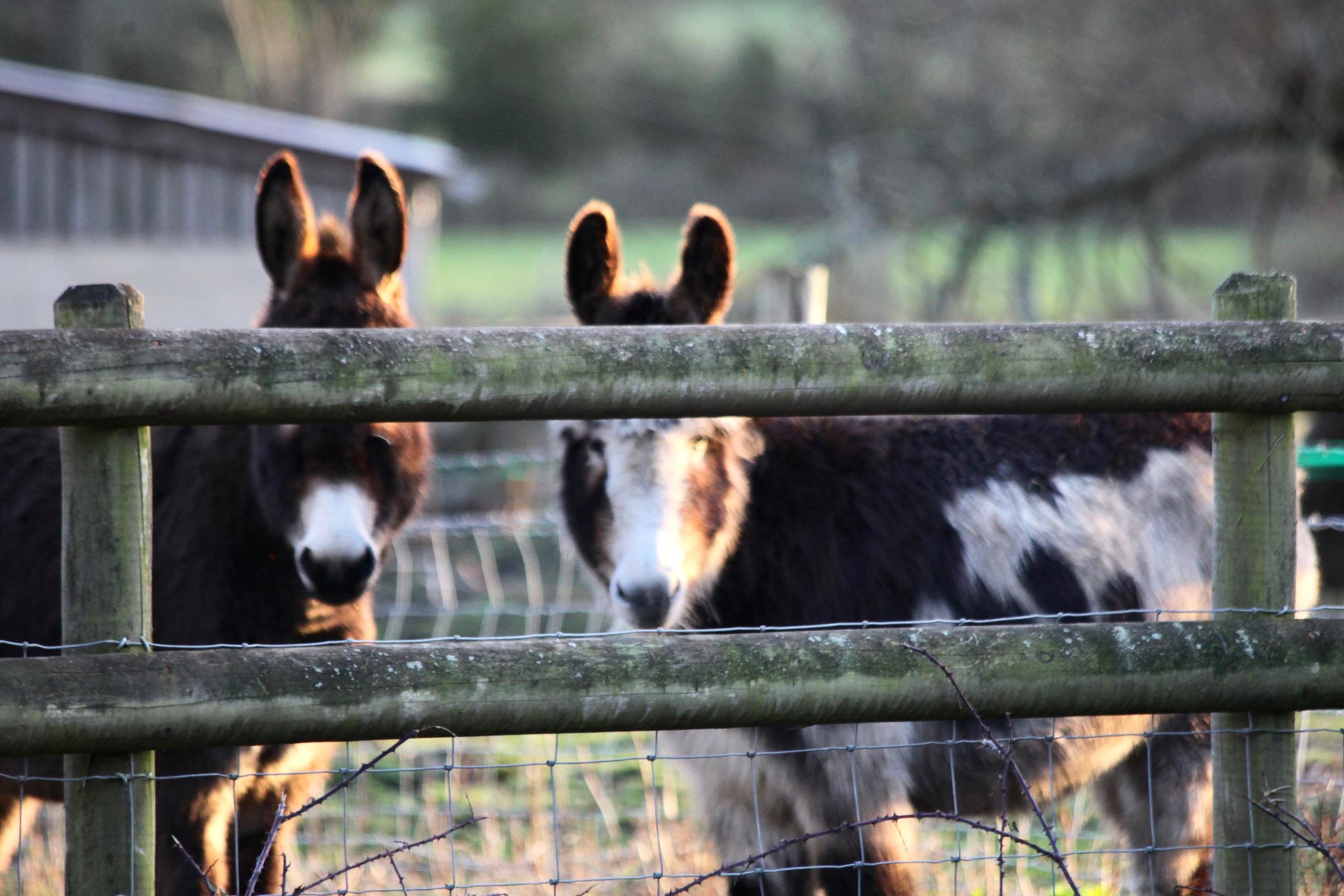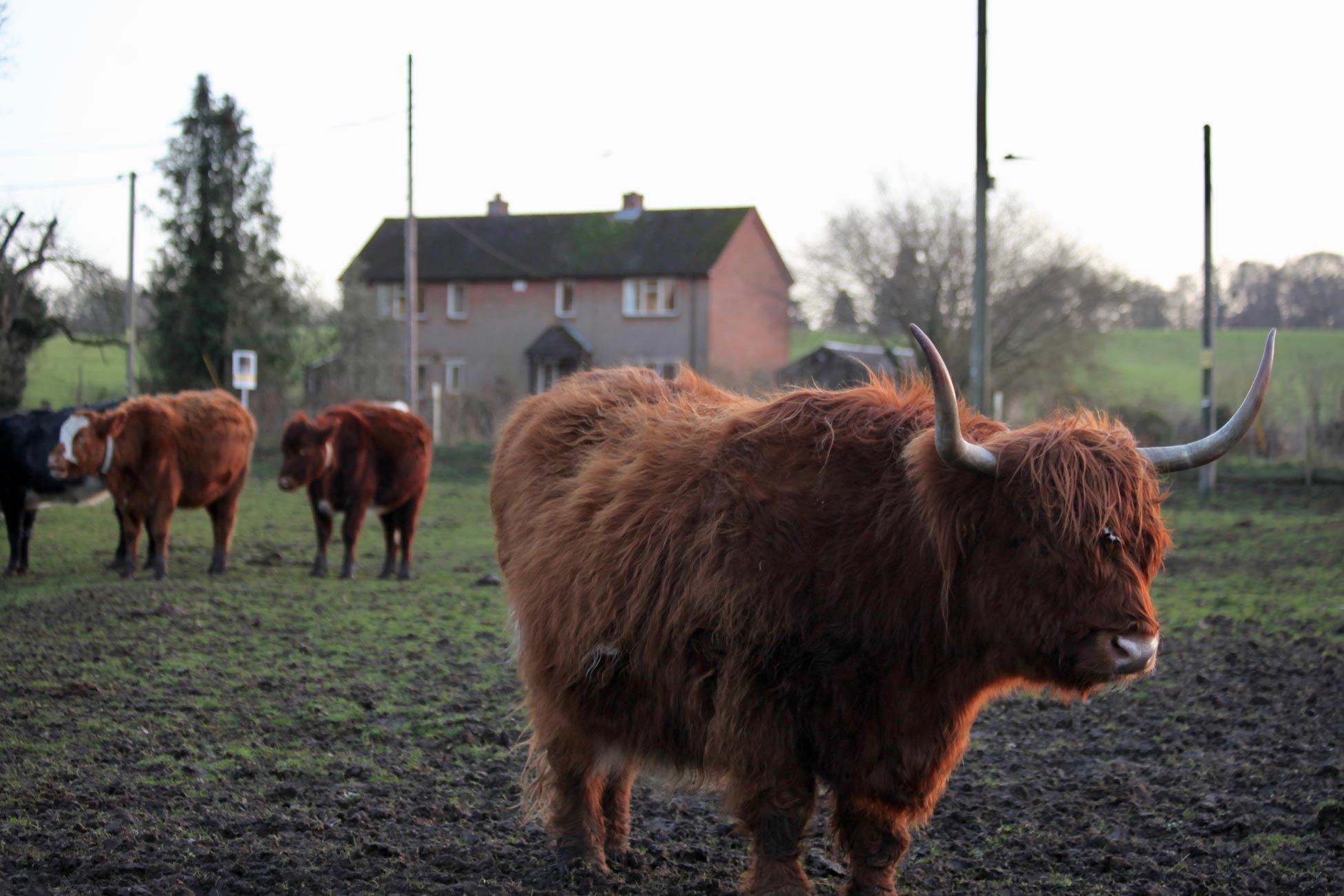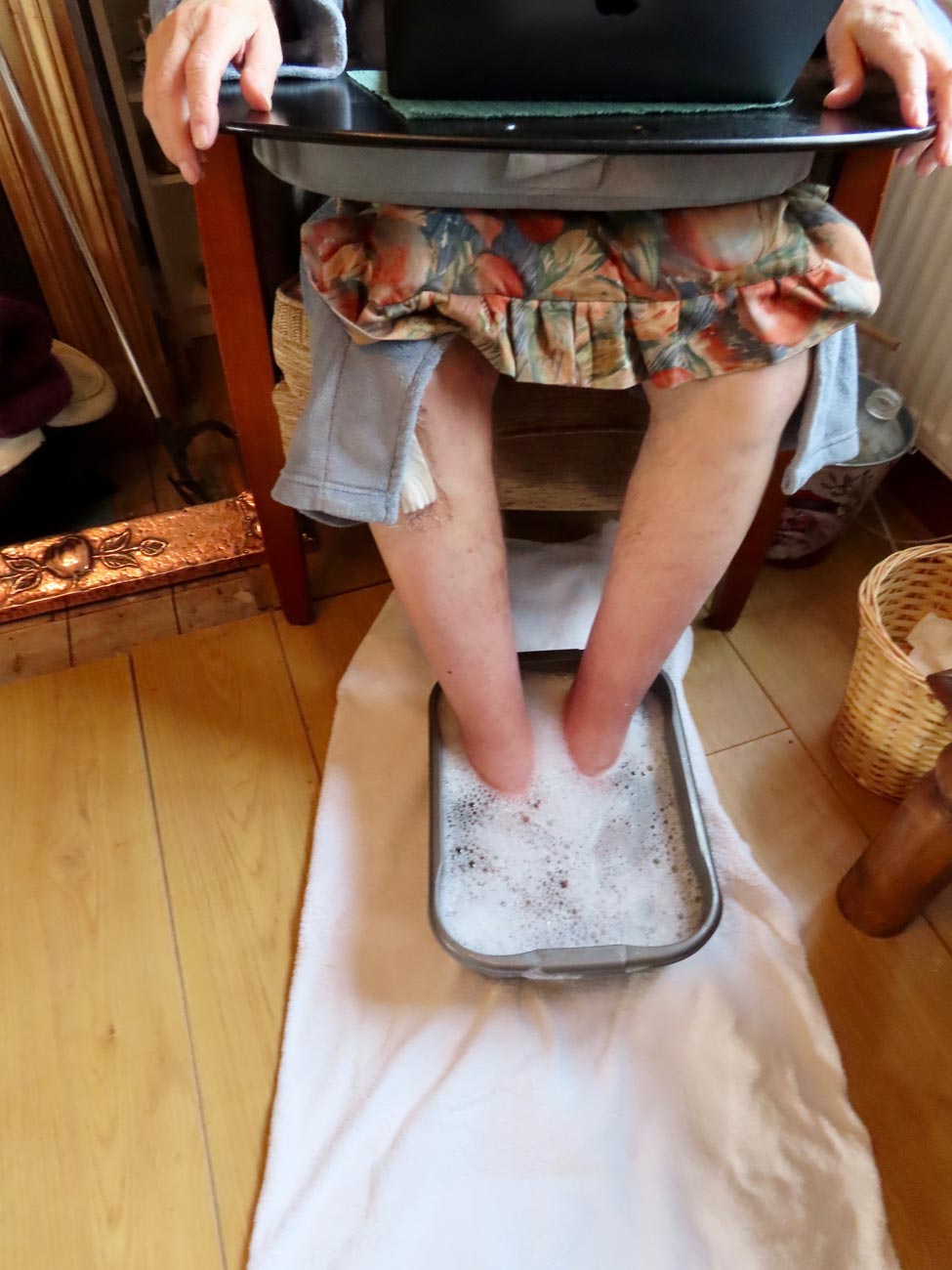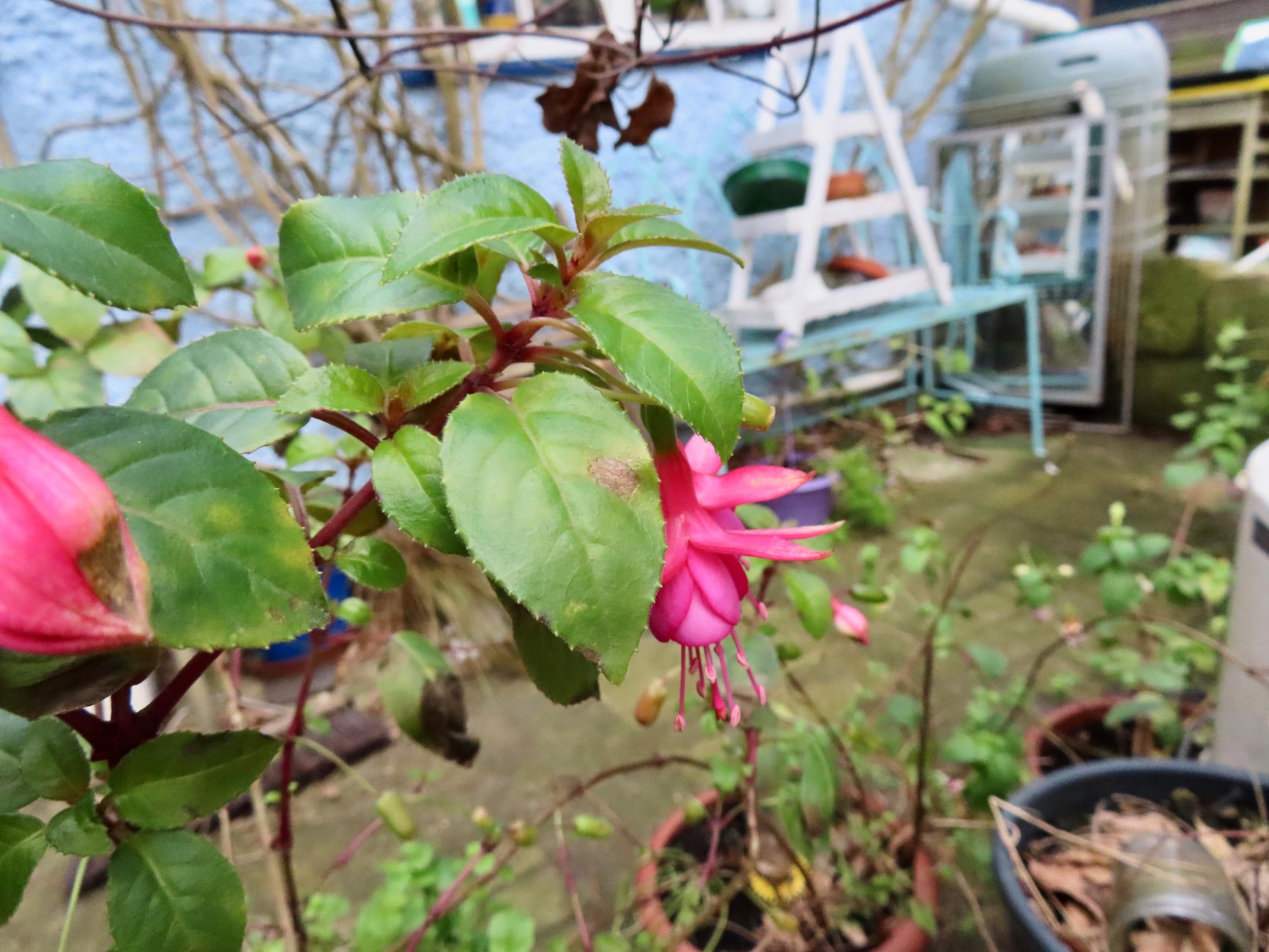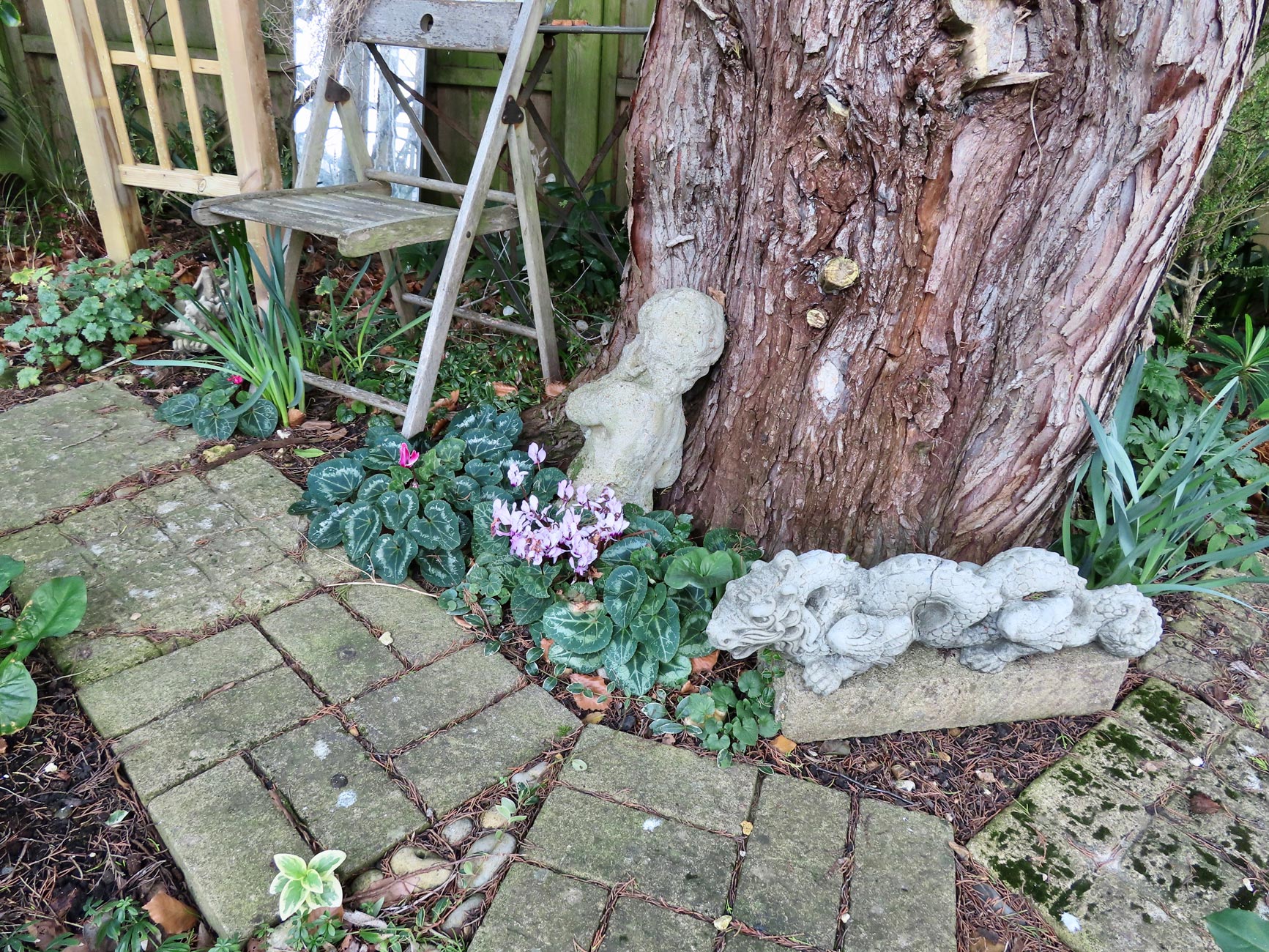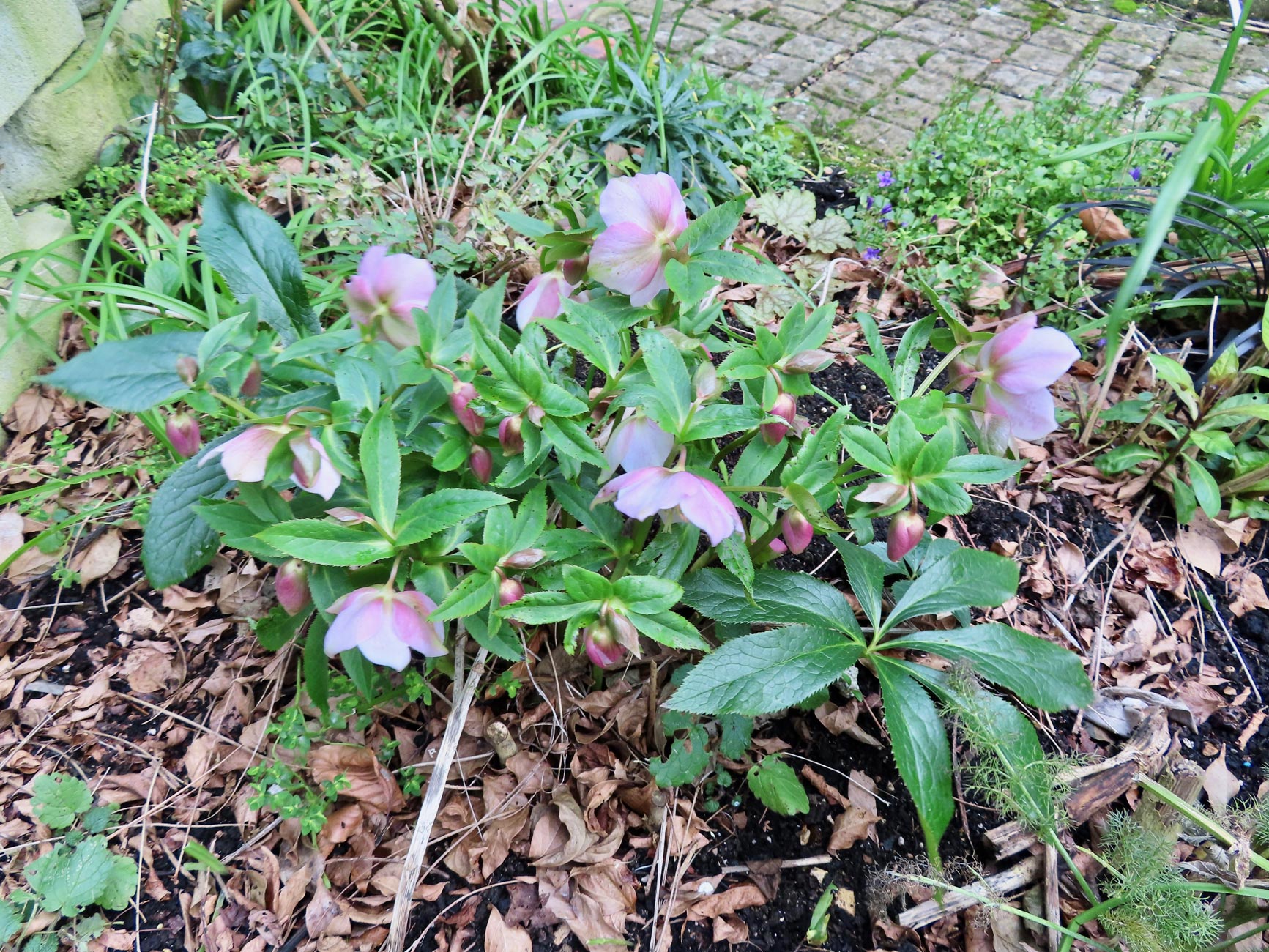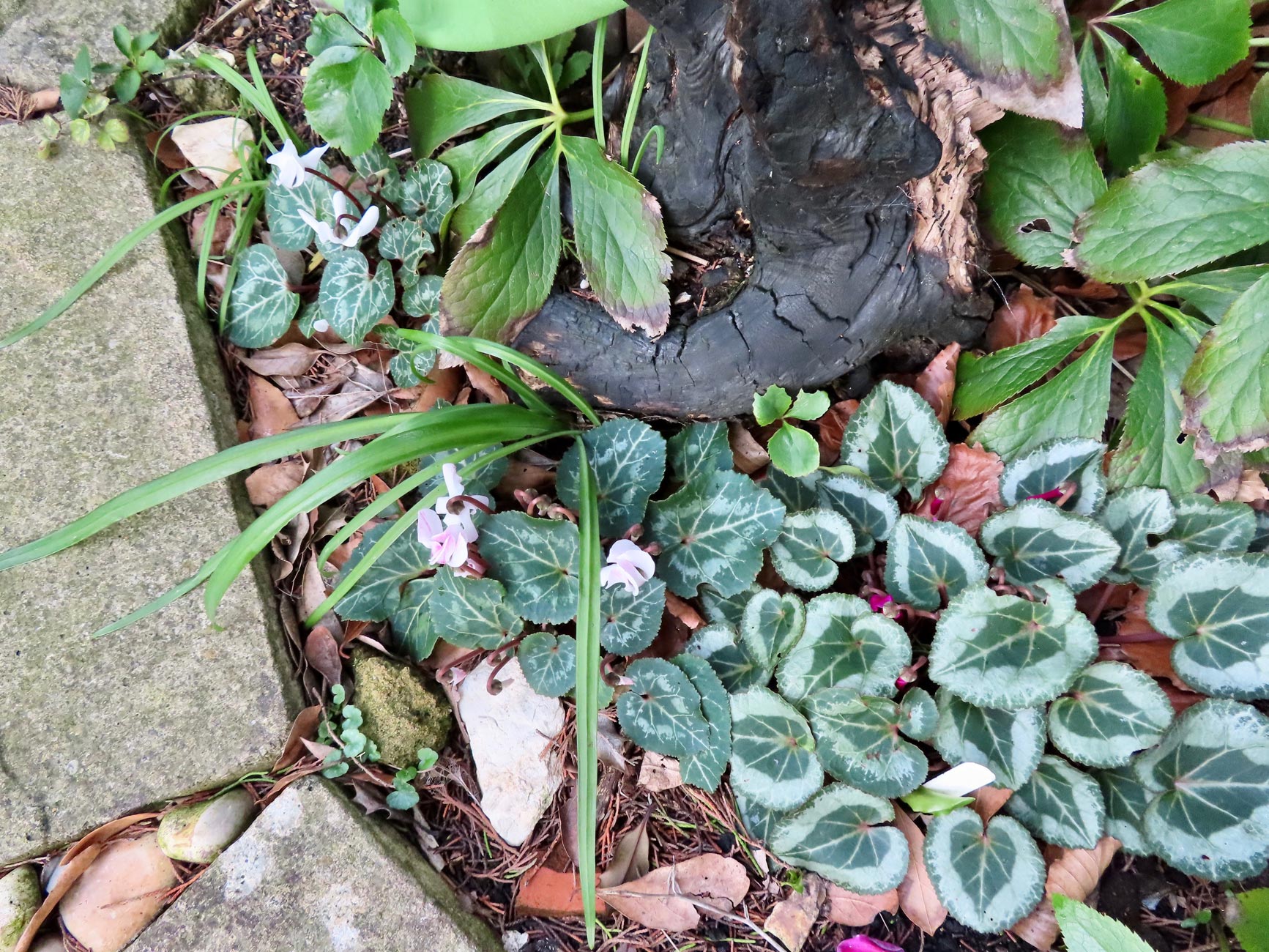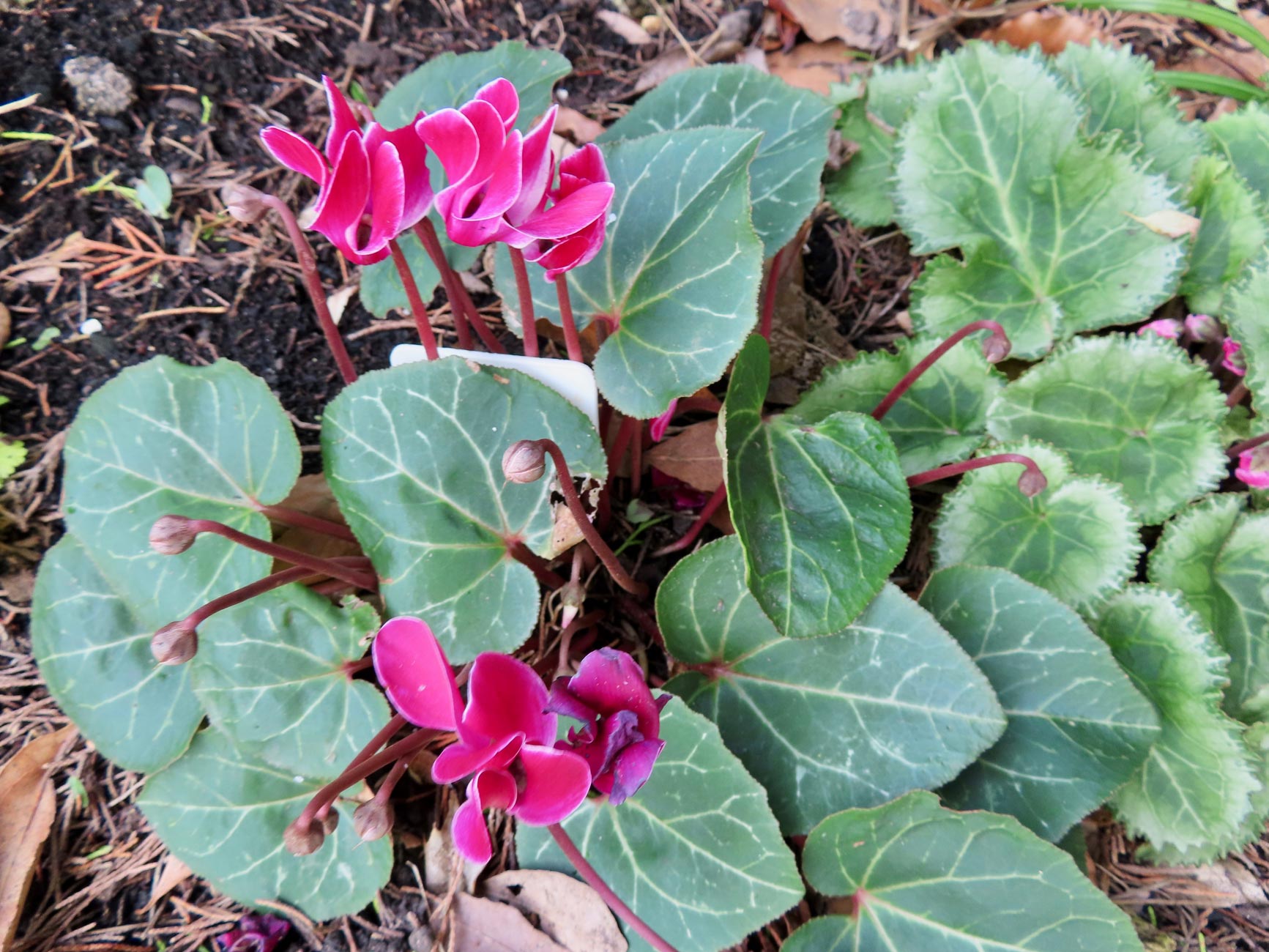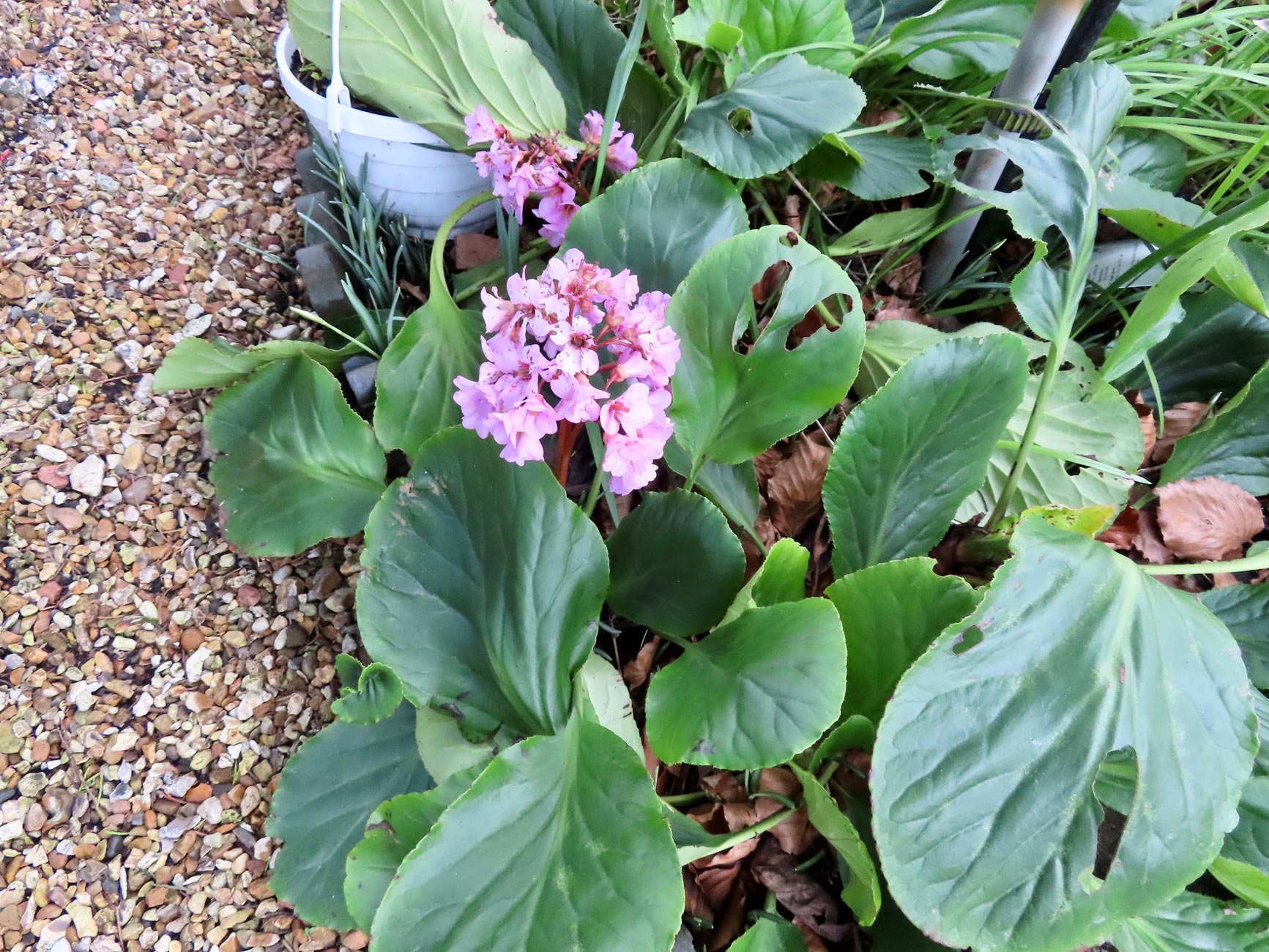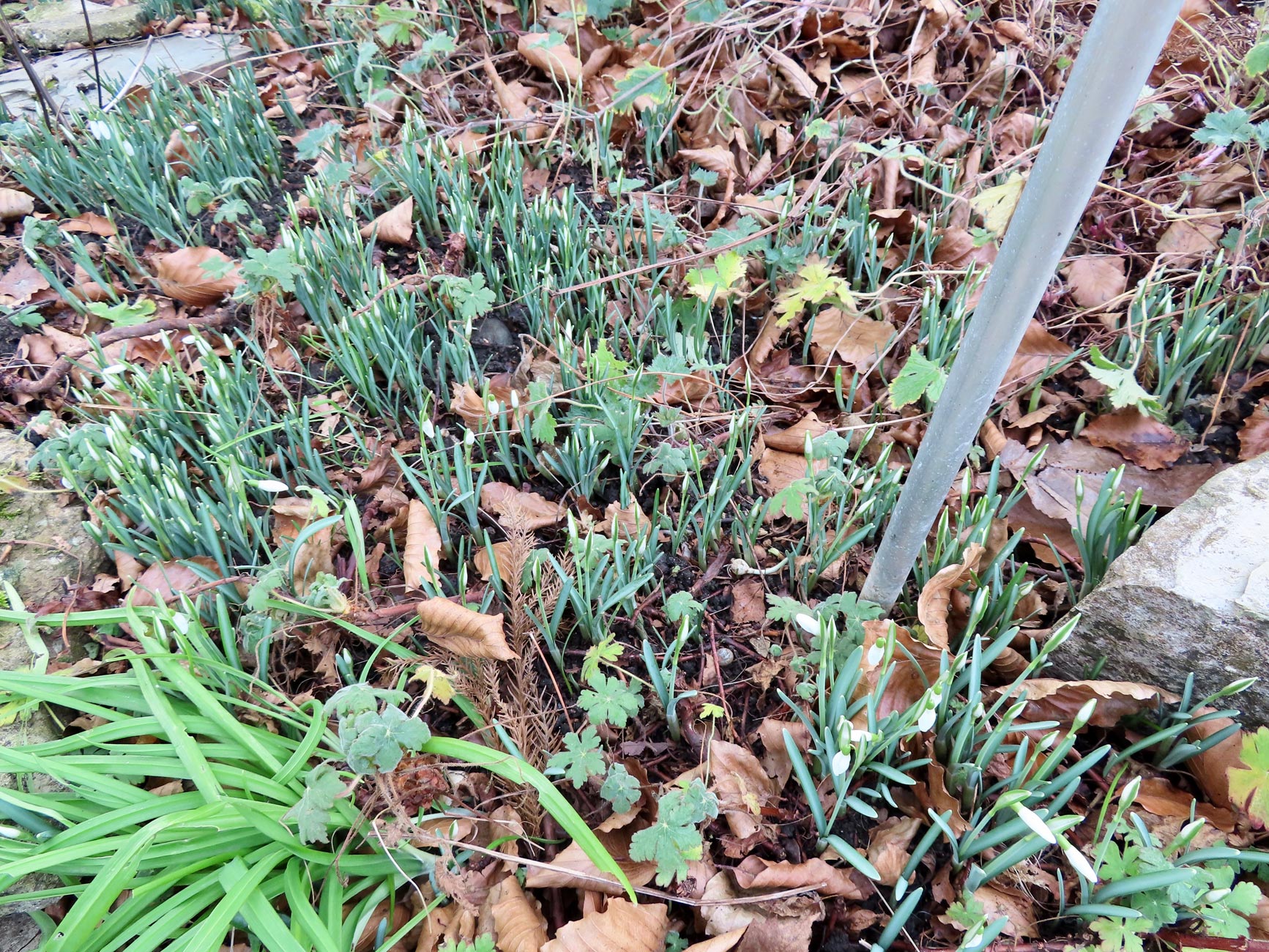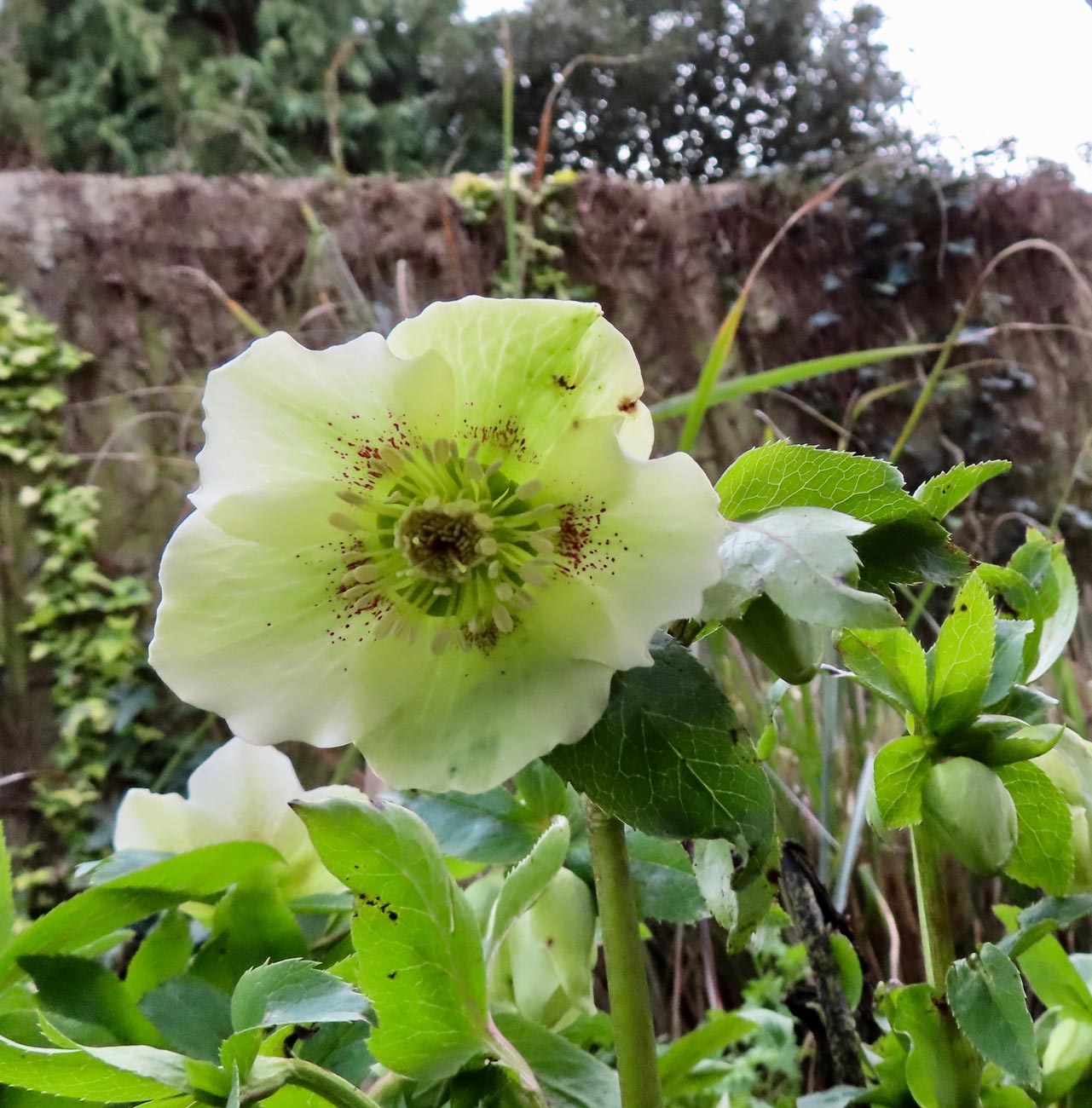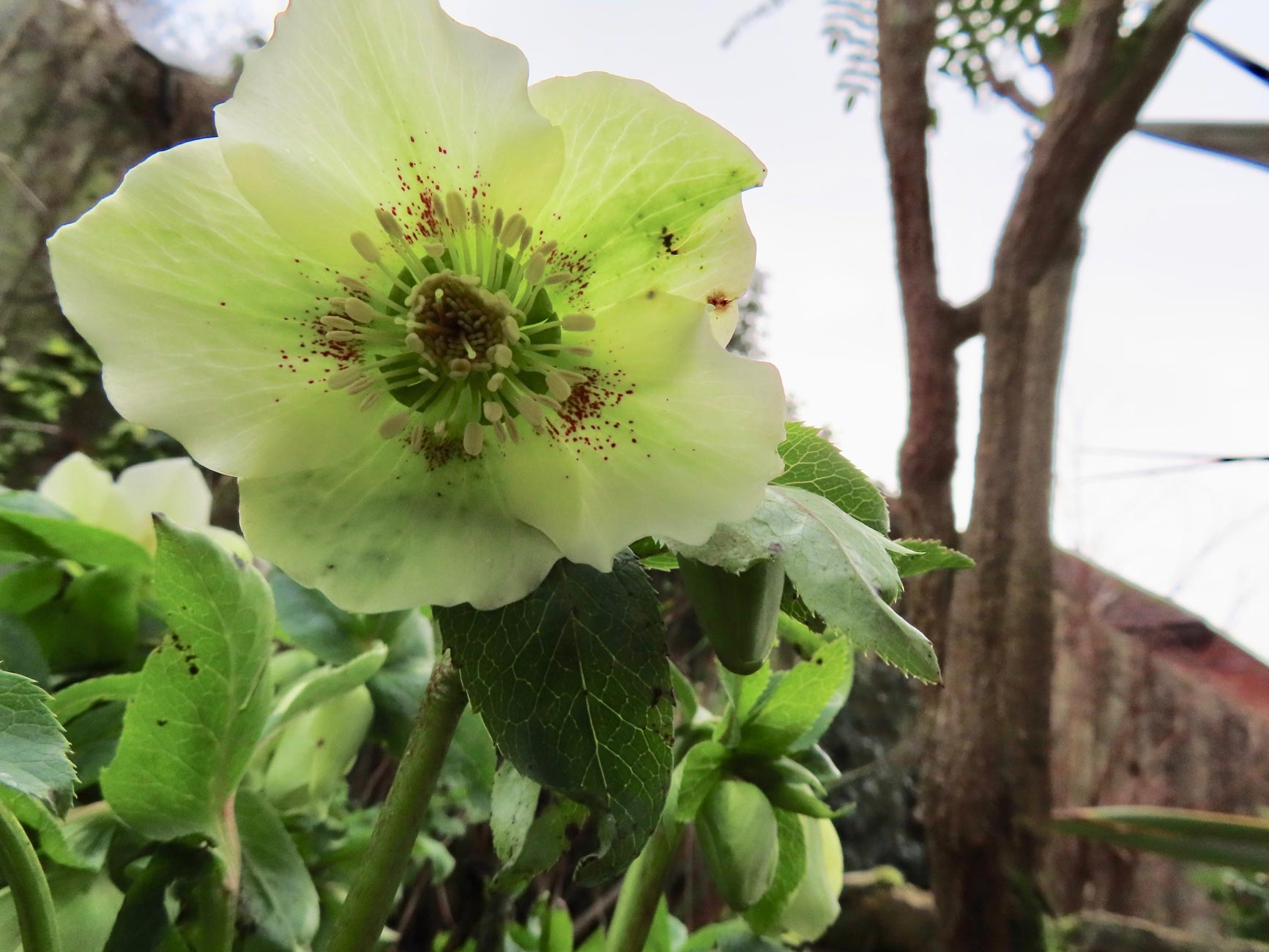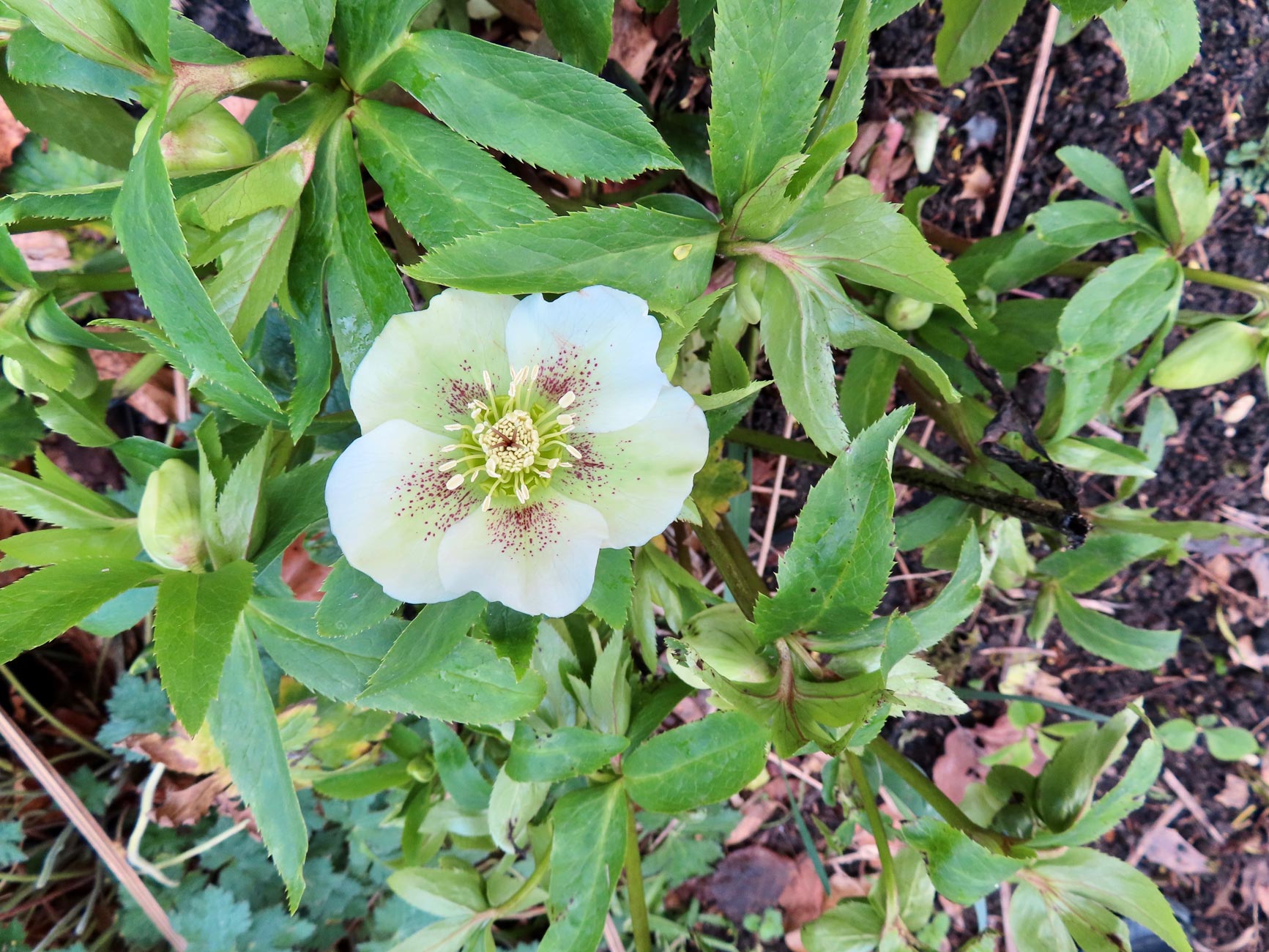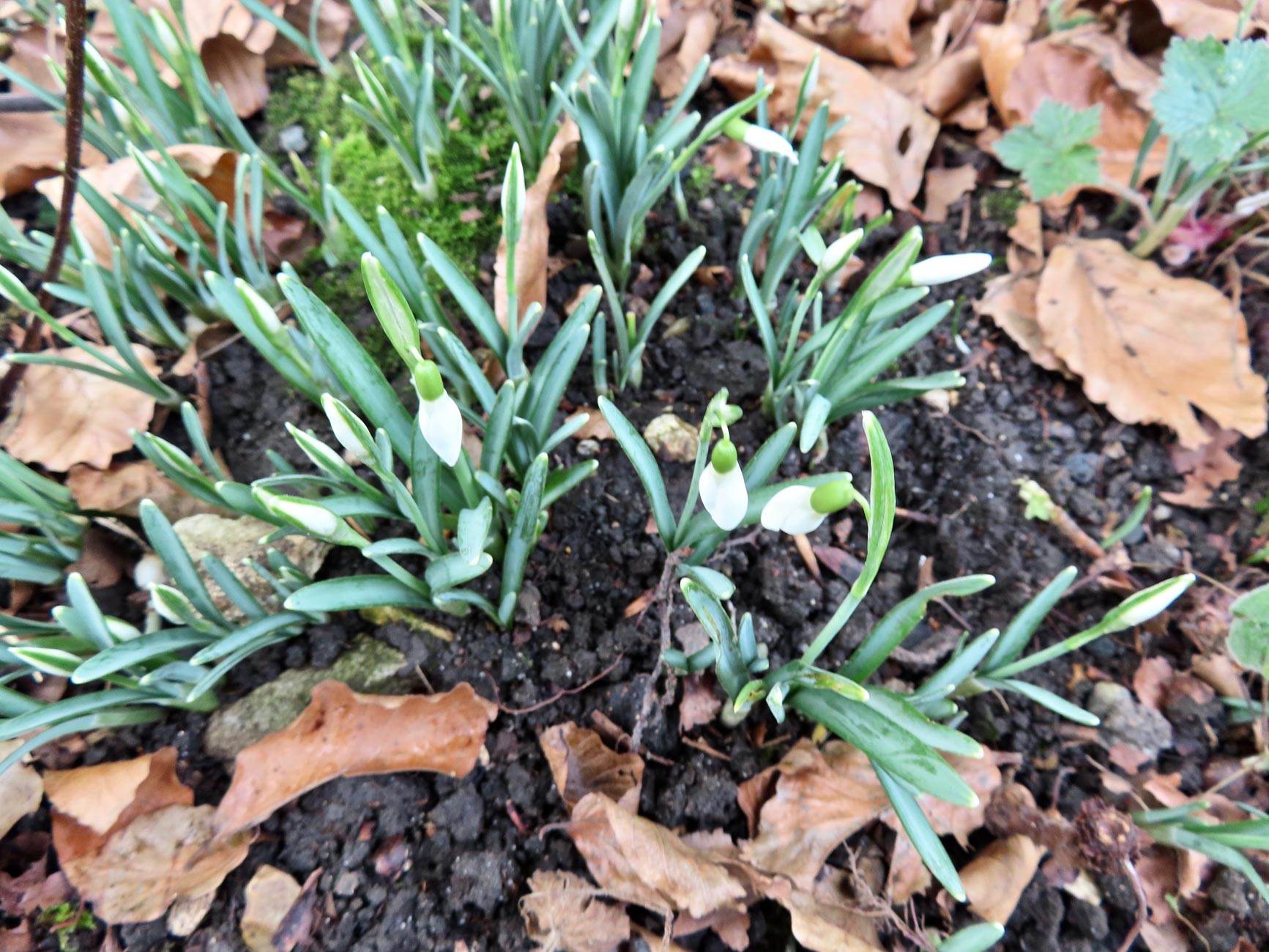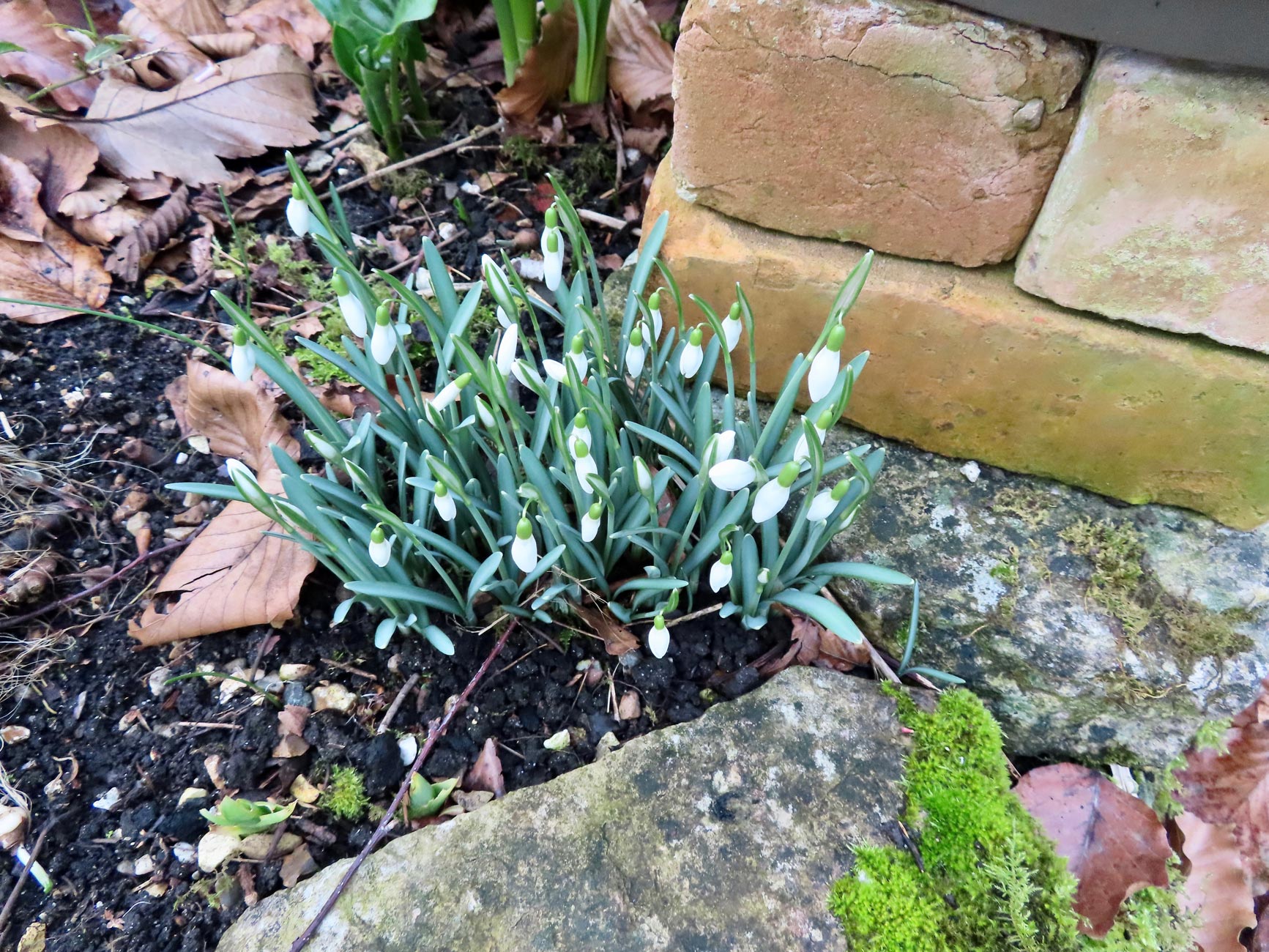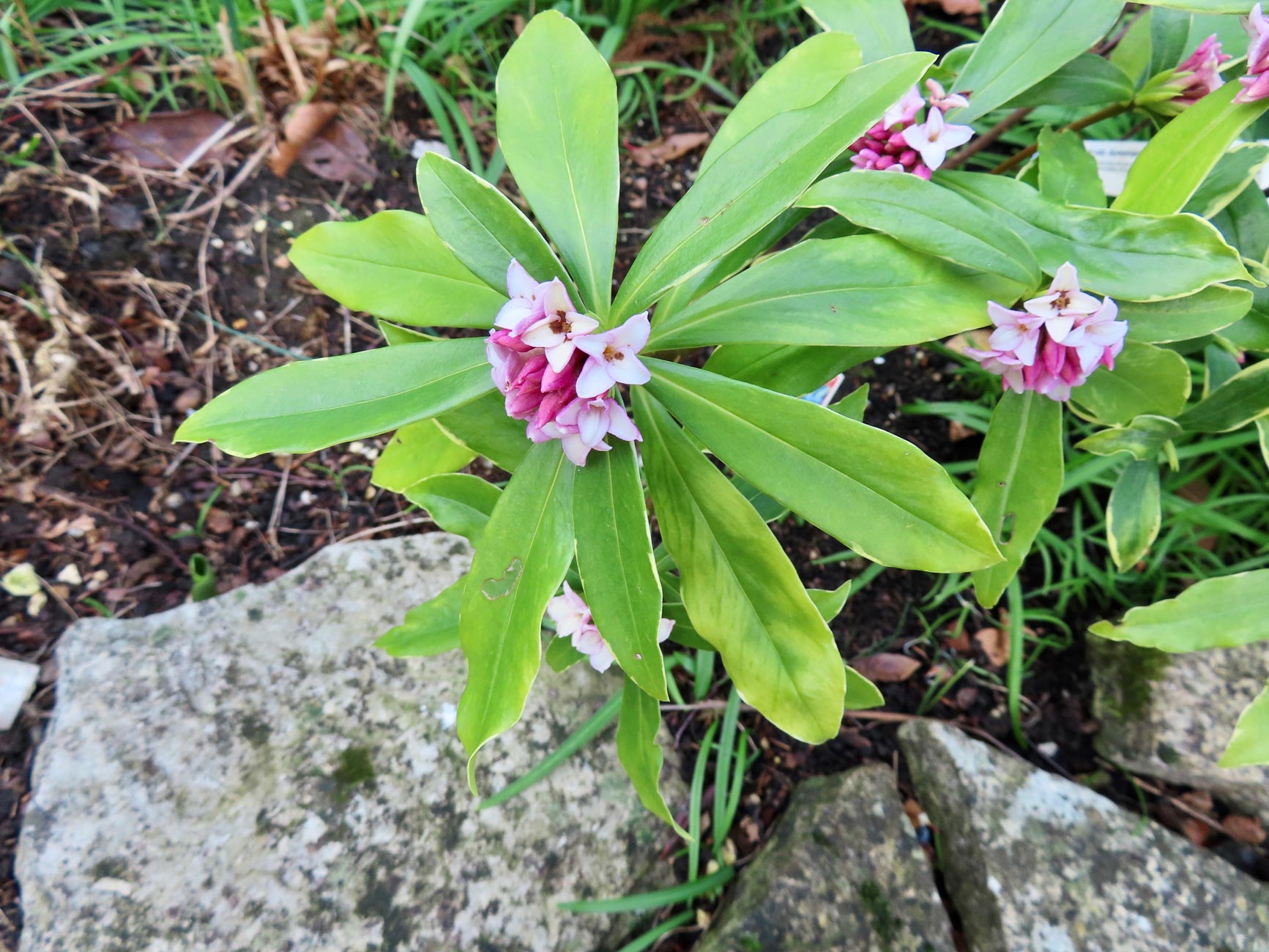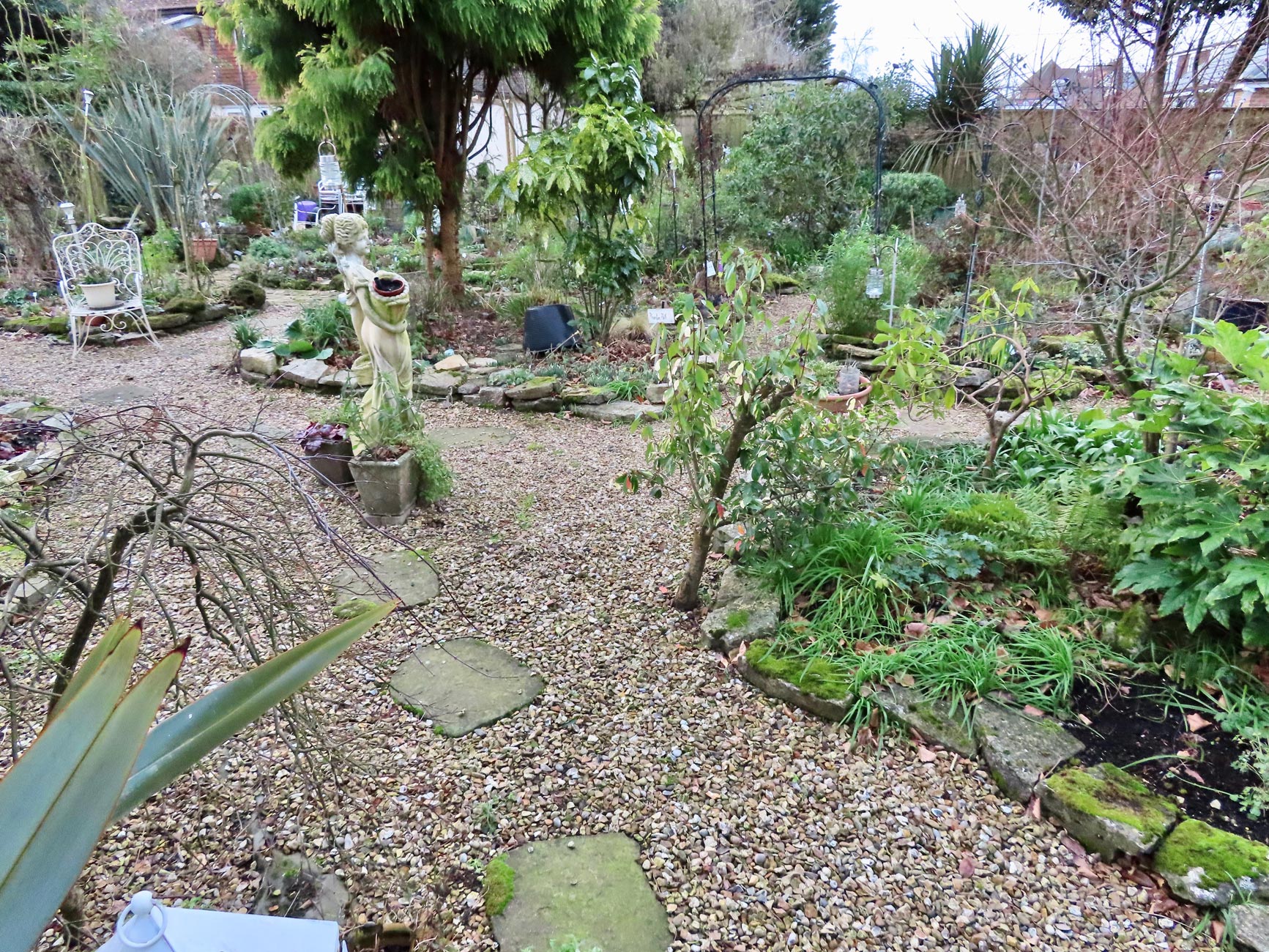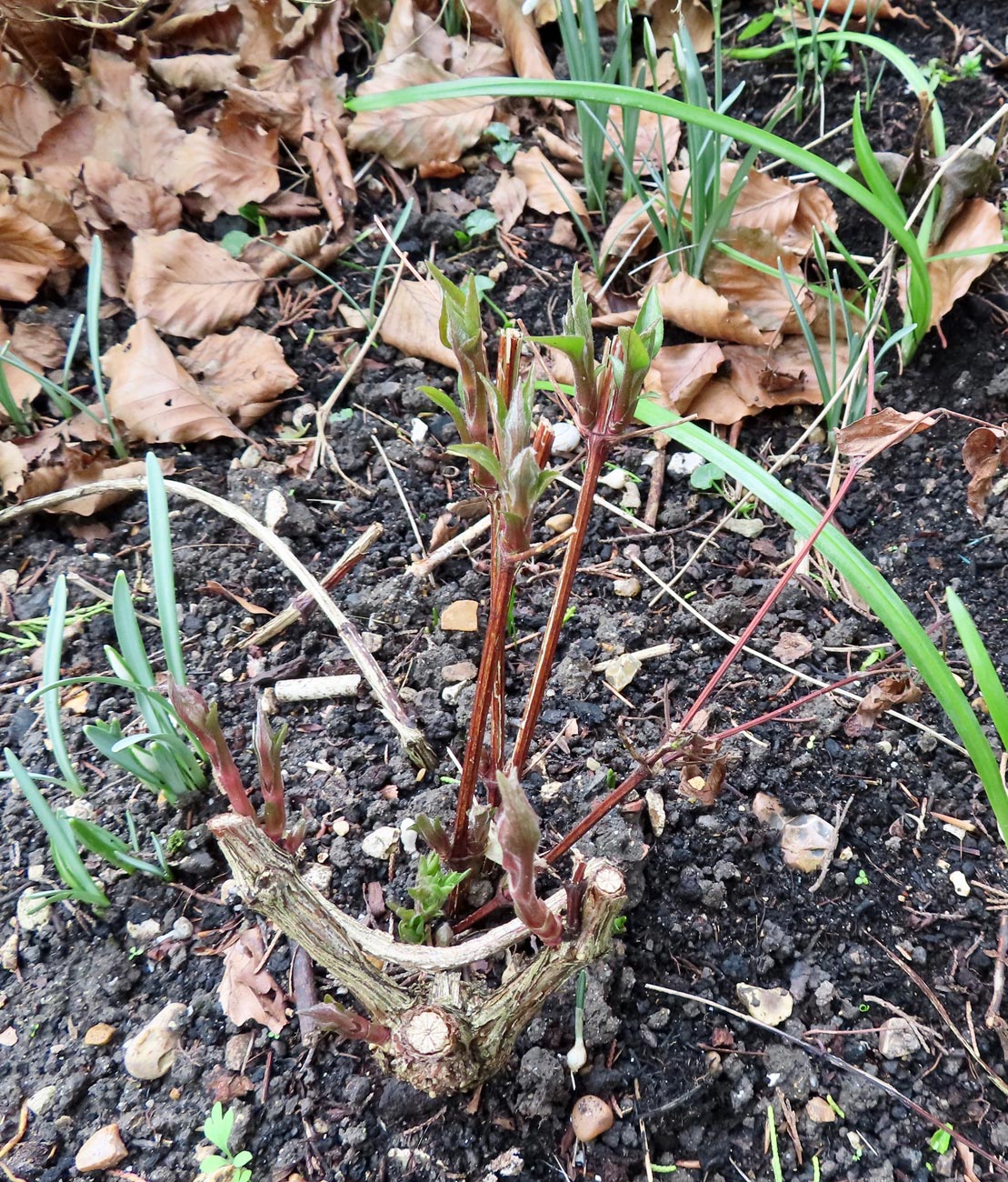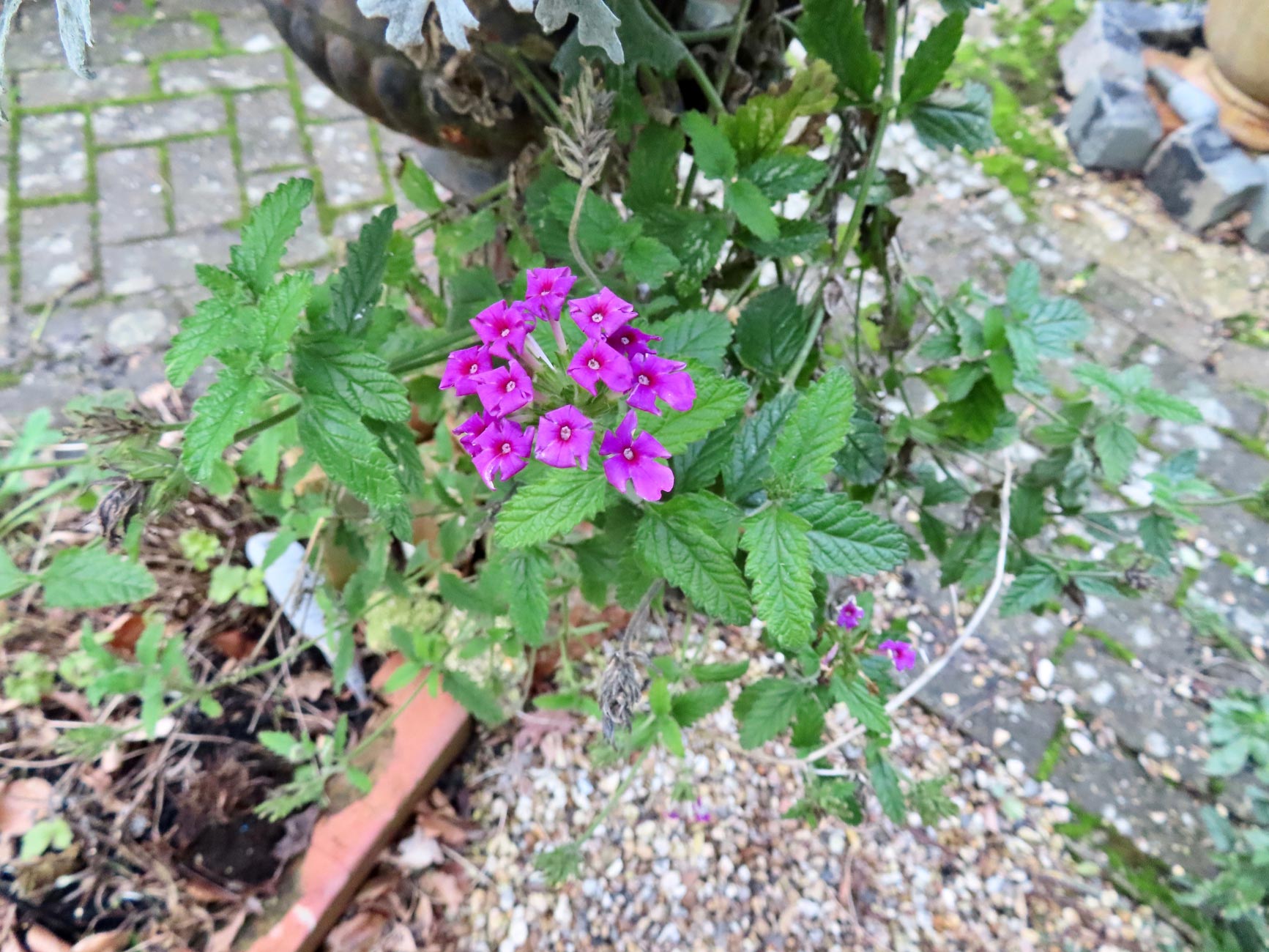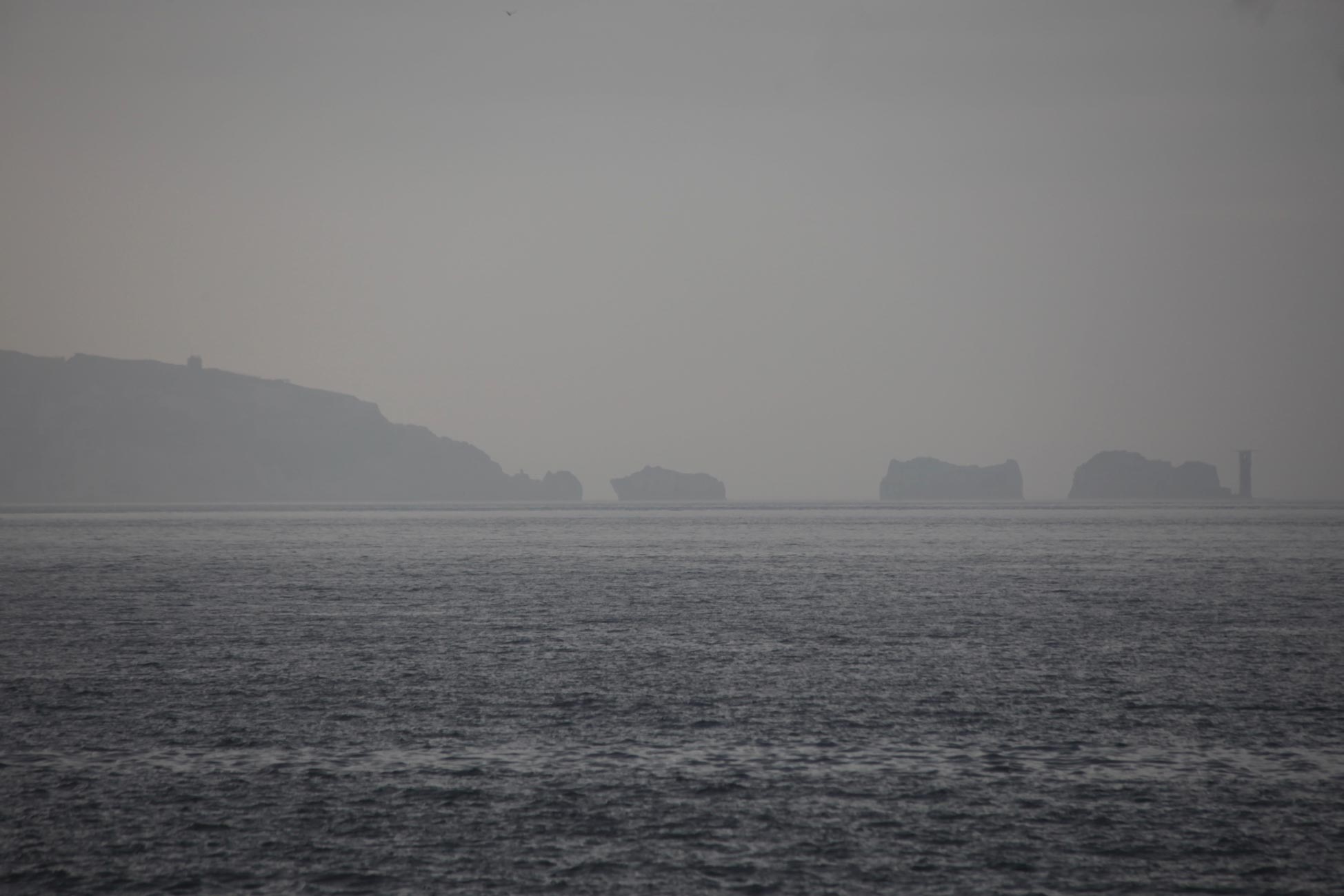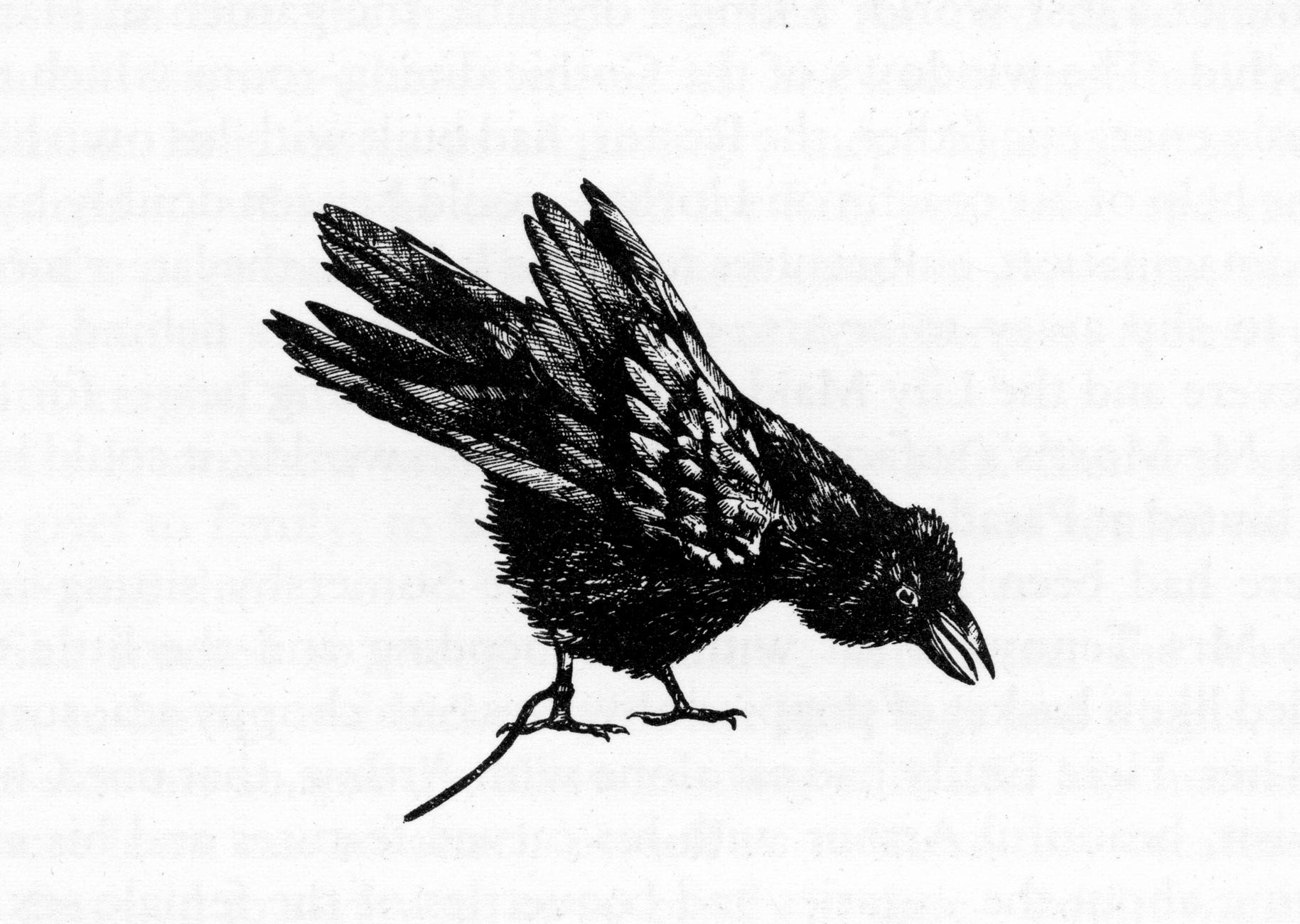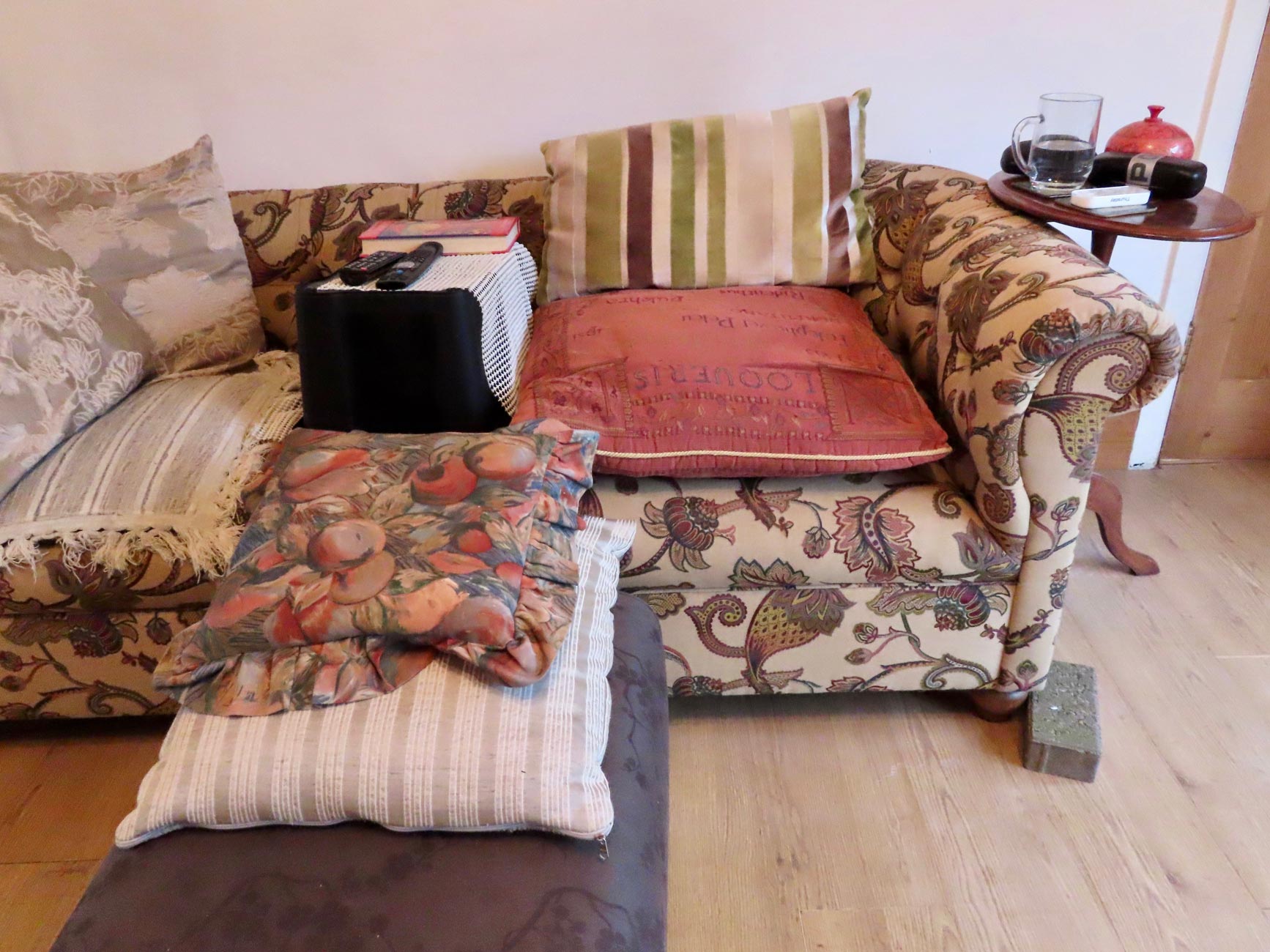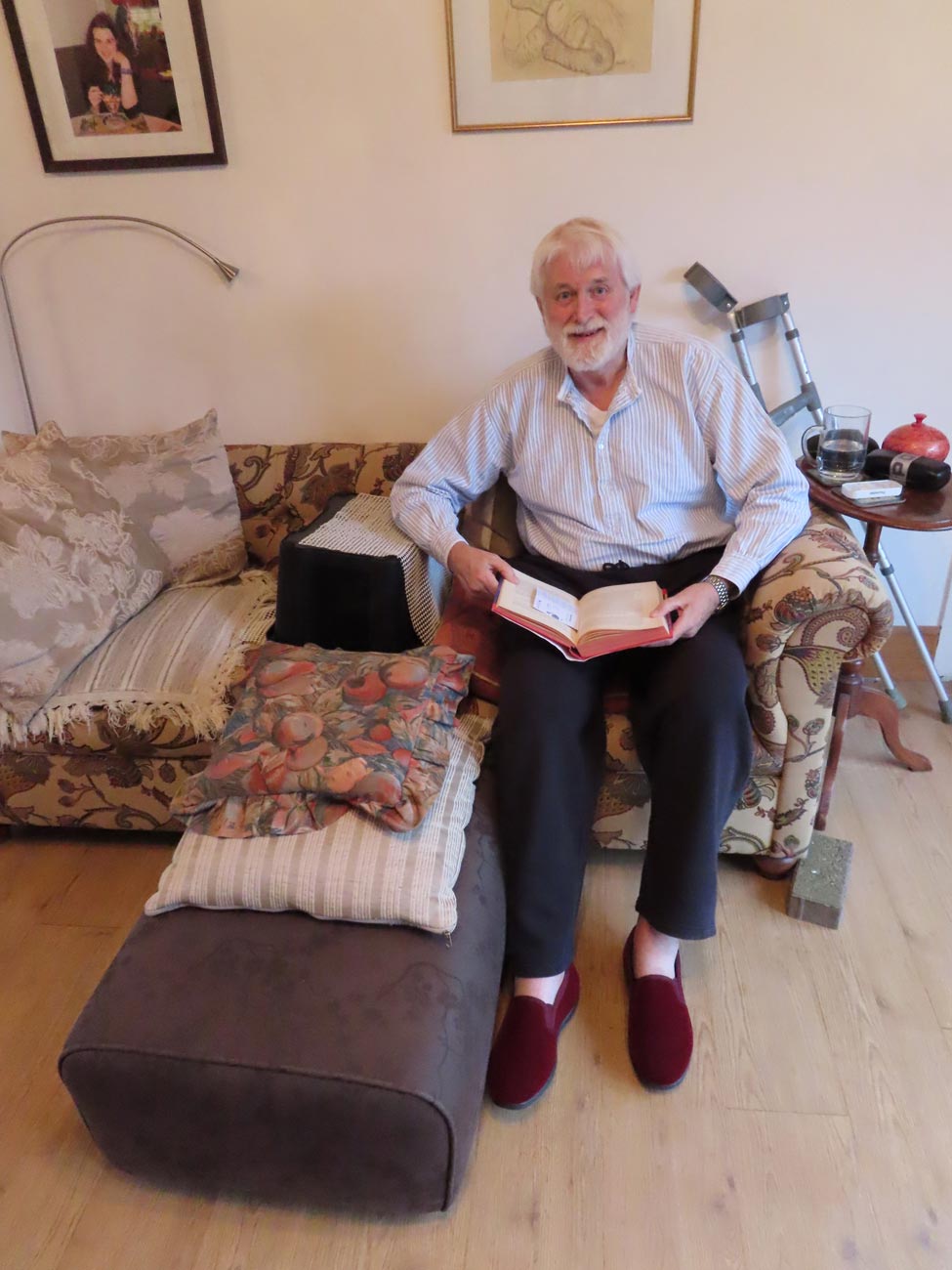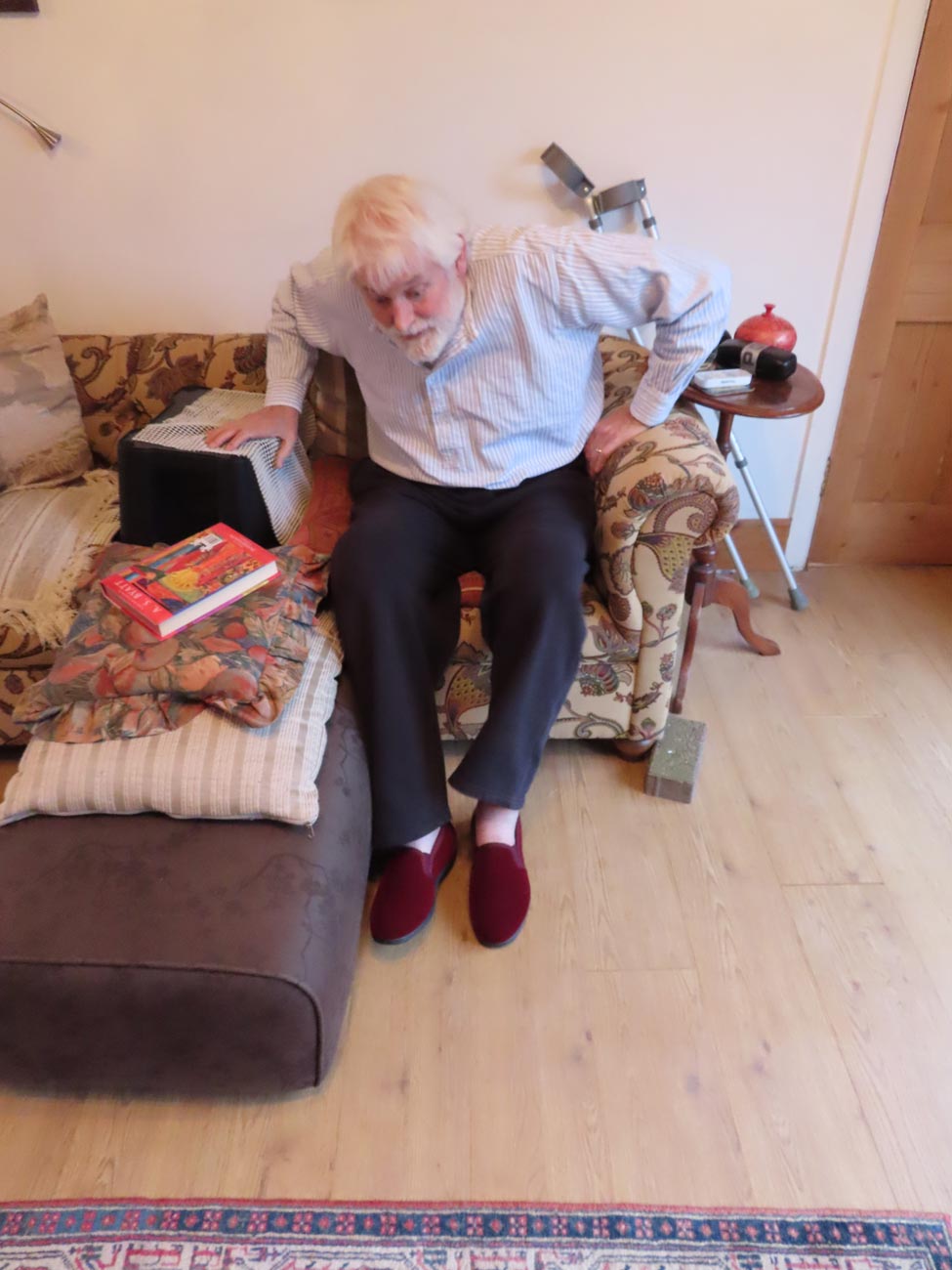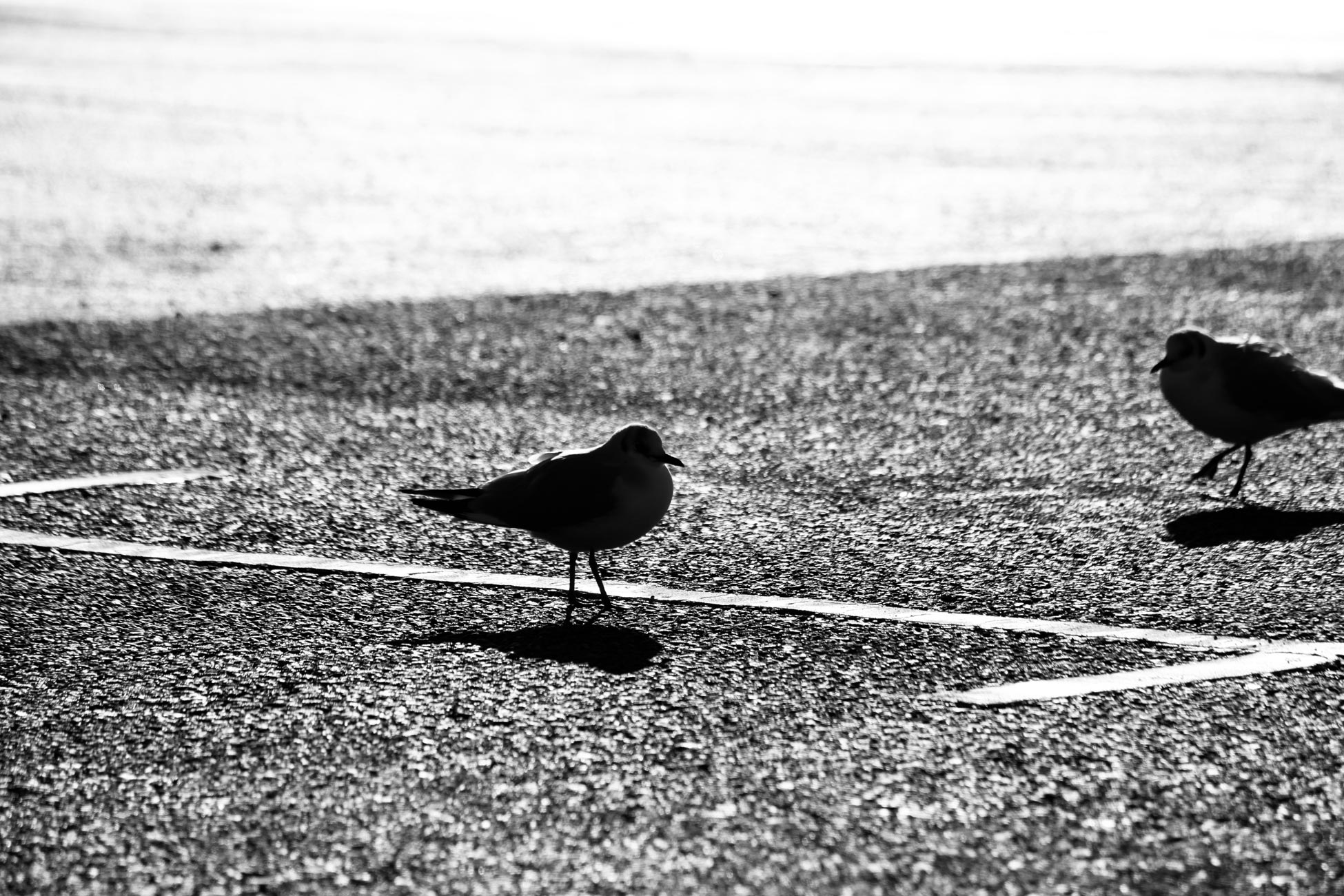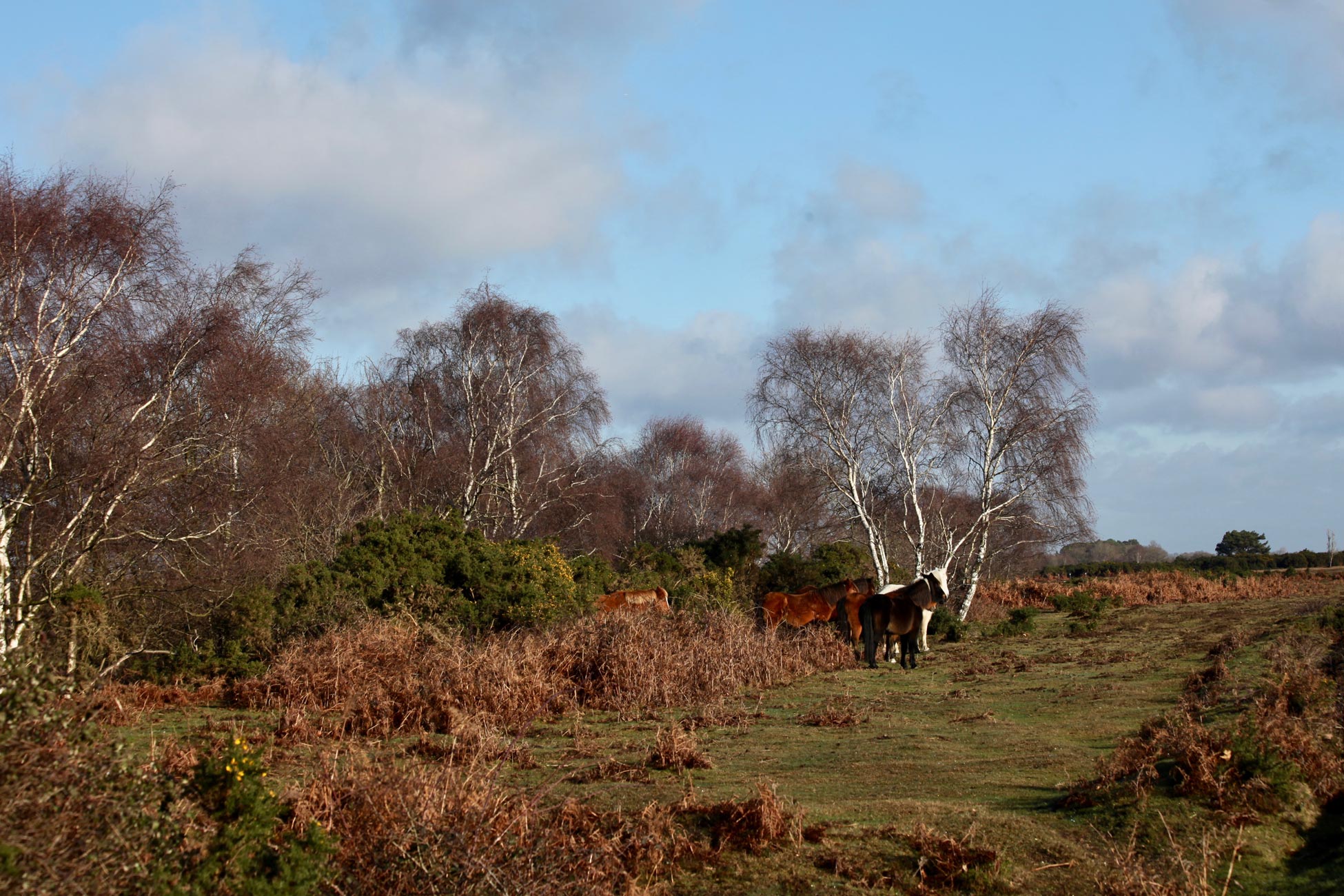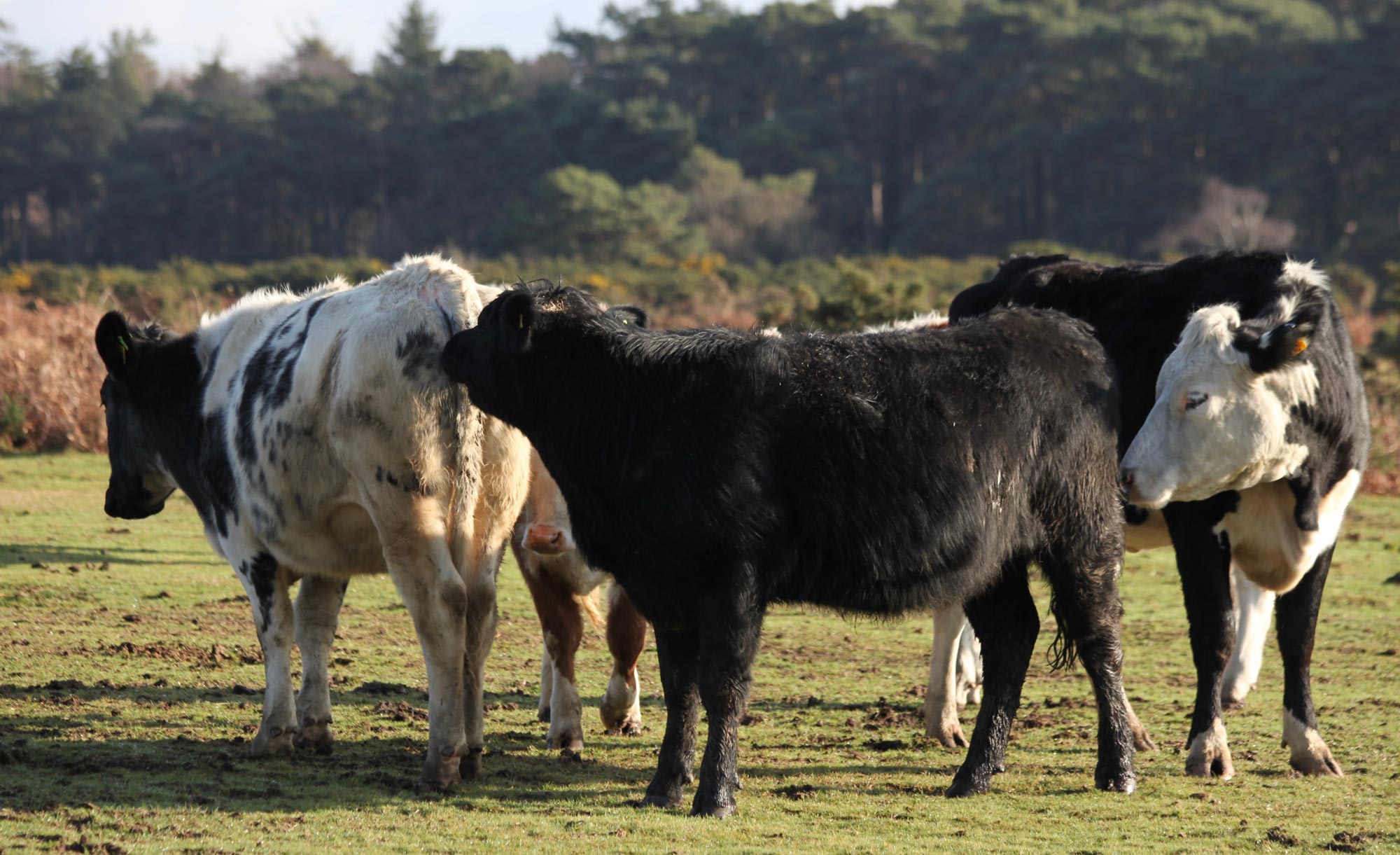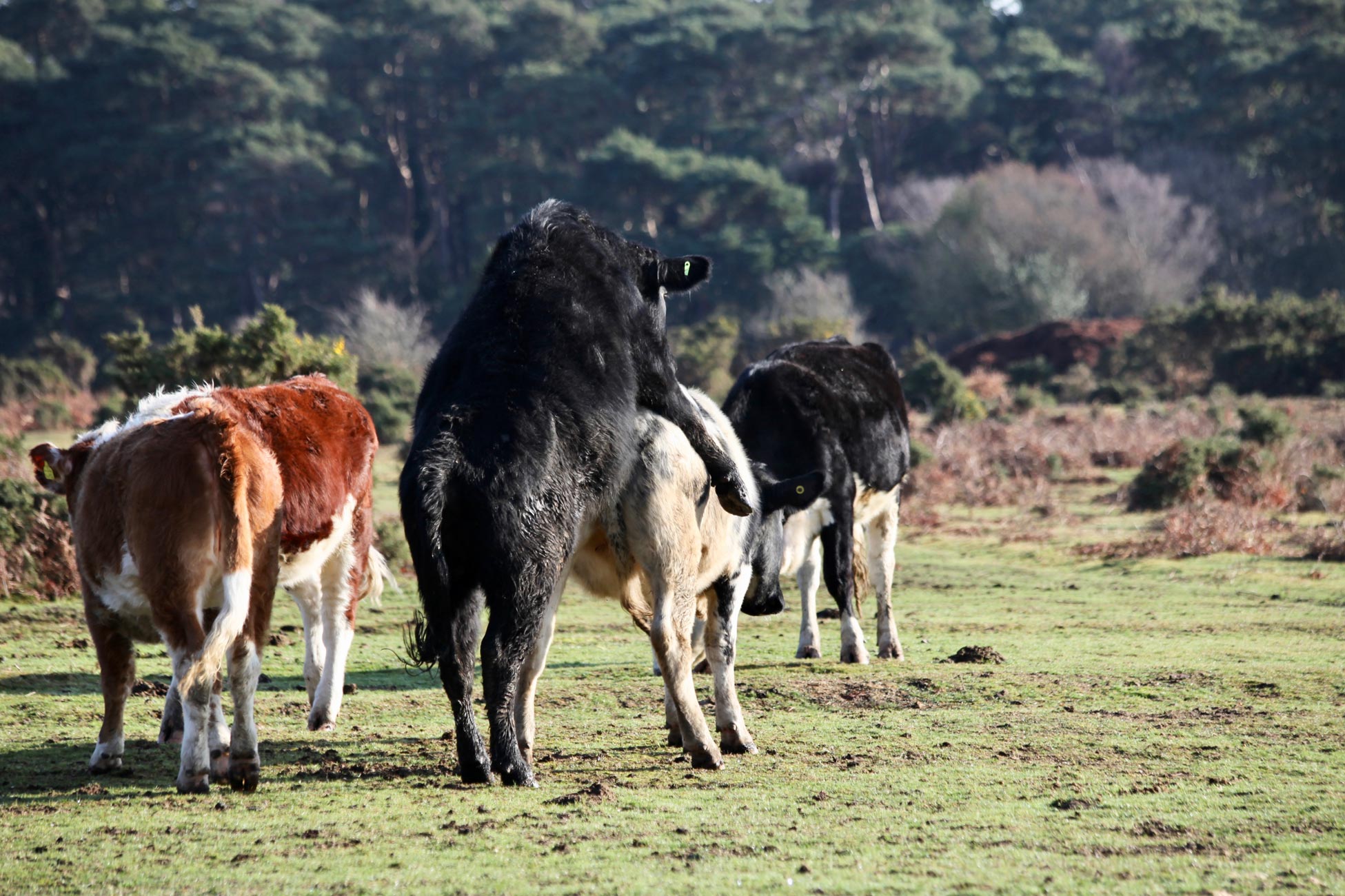A light frost fell on the fields last night and Jackie had to scrape ice off the windscreen before driving me to the G.P. surgery at Milford on Sea for the successful removal of the staples from my knee. Rather unfairly, it seems to me, some members of the medical fraternities and sororities refer to orthopaedics as ‘The Carpenters’. However, I have to say that the curving row of hurdles penetrating my flesh did look as if it has been applied by an upholsterer’s gun. The nurse’s staple remover was a little more delicate than those found in Staples stationary stores.
After this we travelled along the coast road, where I began my morning’s photoshoots through my passenger window.
The Needles convoy trailed after the Isle of Wight lighthouse;
Also silhouetted along the Milford coastline were walkers with dogs and a woman pushing a child in a buggy;
A few gulls wandered about the car parks, where a crow set itself up for a long vigil.
Turning away from the coast we set off along the Beaulieu Road out of Lymington, where ponies, the silvery greys blending with similar hued birches, enhanced the landscape.
On Bull Hill, the younger cattle squared up for head butts, competing for or waiting their turn for humping practice. The older beasts watched in silence. The sap was definitely rising.
Whilst in Pilley we briefly visited Elizabeth who had spent the morning with BT engineers attempting to discover why her landline had stopped working.
A trio of goats we passed in Warborne Lane on our way home were rather less frisky than their bovine neighbours.
This evening we dined on Jackie’s tasty chicken jalfrezi with savoury rice.
P. S. Jackie has researched the activities of the young heifers. This is what she learned from Wikipedia:
‘Bulling¬†is a behaviour seen in¬†cattle¬†when one mounts another, usually when one or the other is a female in¬†oestrus¬†(on heat);[1]¬†”bulling” is commonly used as a term for a female in oestrus. Female cattle in oestrus may mount any adult cattle, especially a bull (fertile male) if one is present, but they will also mount castrated males or other females. A bulling female will often also be mounted by other cattle, both male and female (only fertile males are usually capable of mating). A dominant bull will defend the bulling female from being mounted by other cattle.
Bulling is used by farmers to recognise oestrus, which is important to determine the fertile period when cows may be artificially inseminated.[1] Care is needed to identify whether the animal in oestrus is the one mounting or being mounted, and of course sometimes both animals may be in oestrus.
Mounting behaviour is also sometimes seen between adult cattle in the absence of a female in oestrus.’
